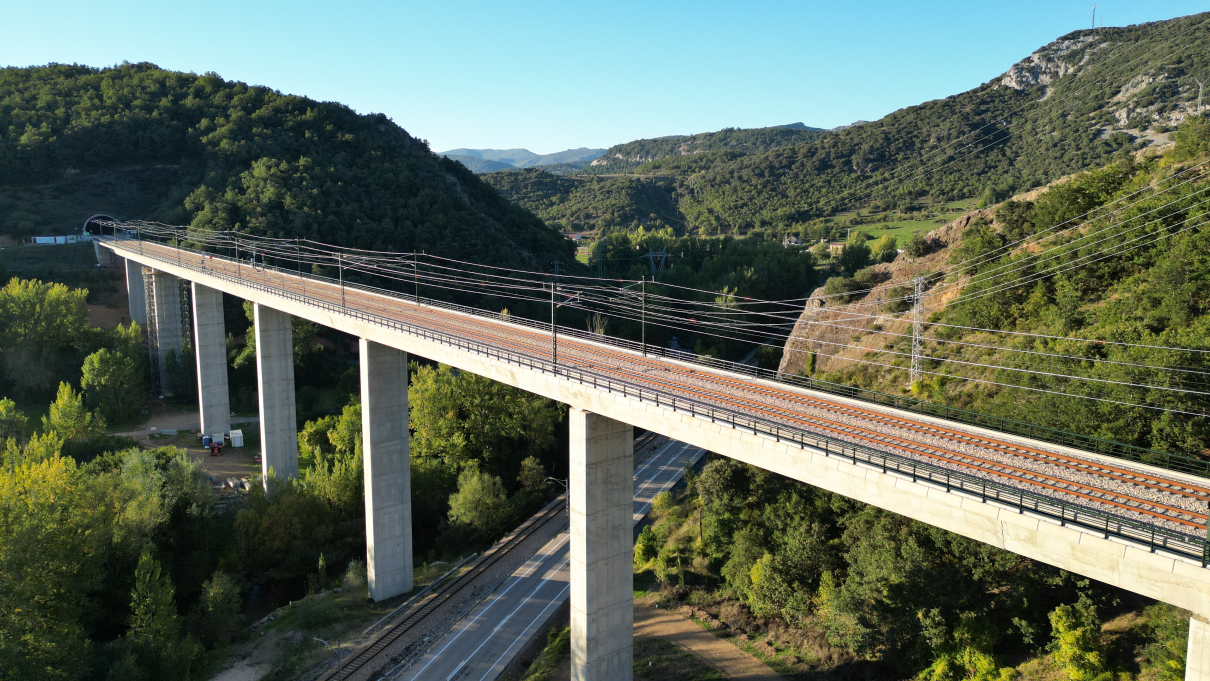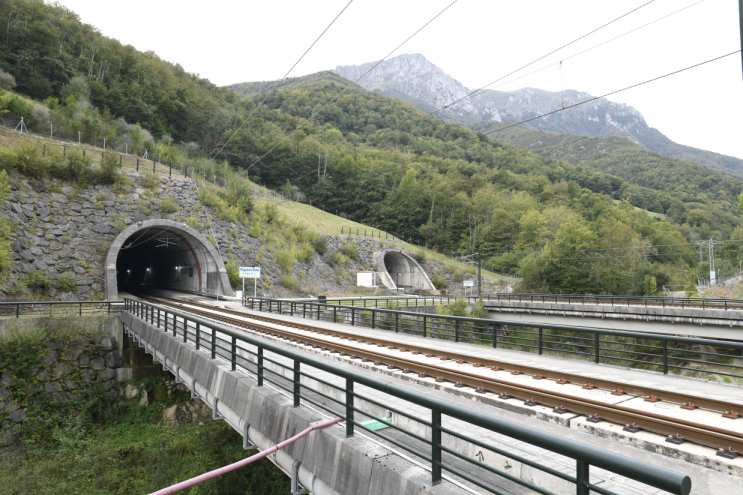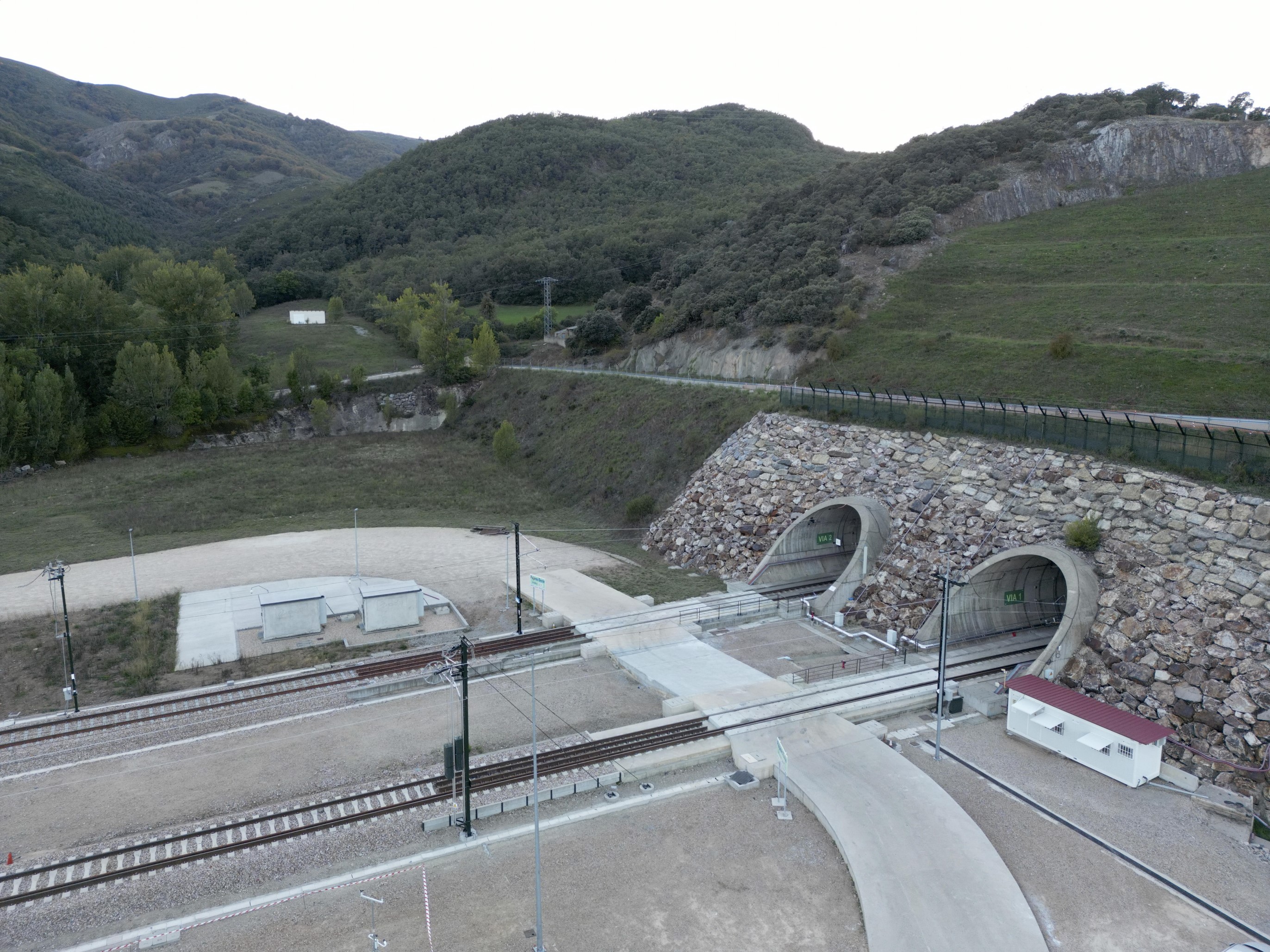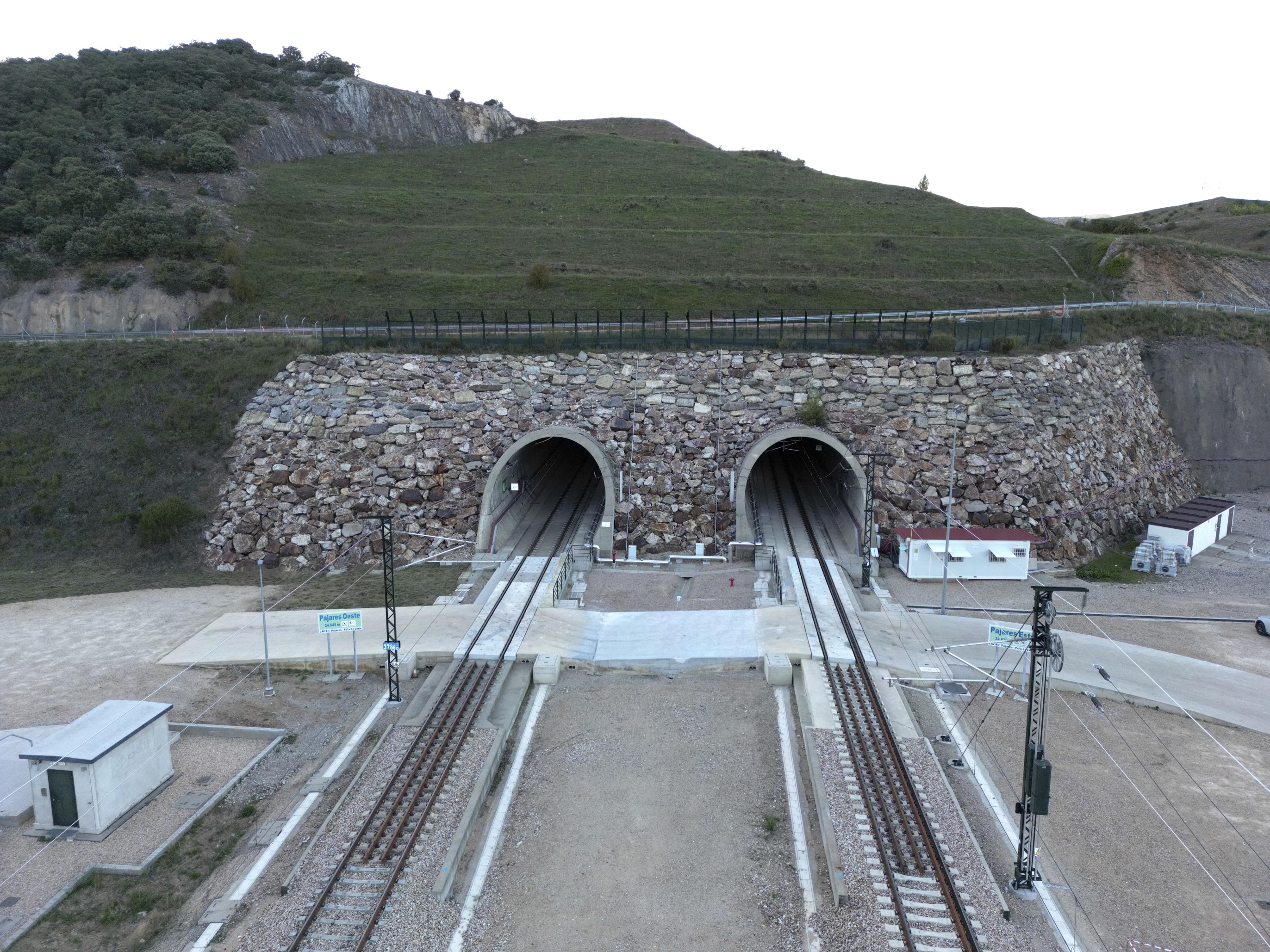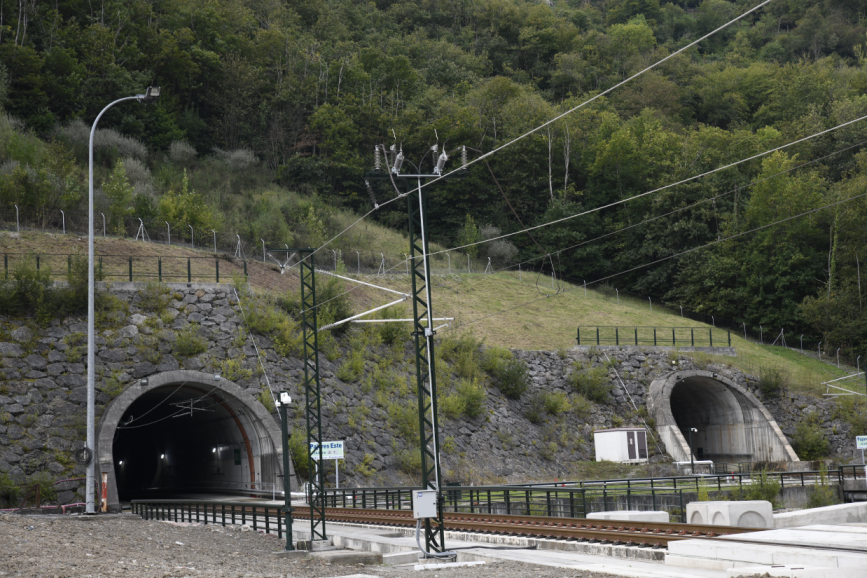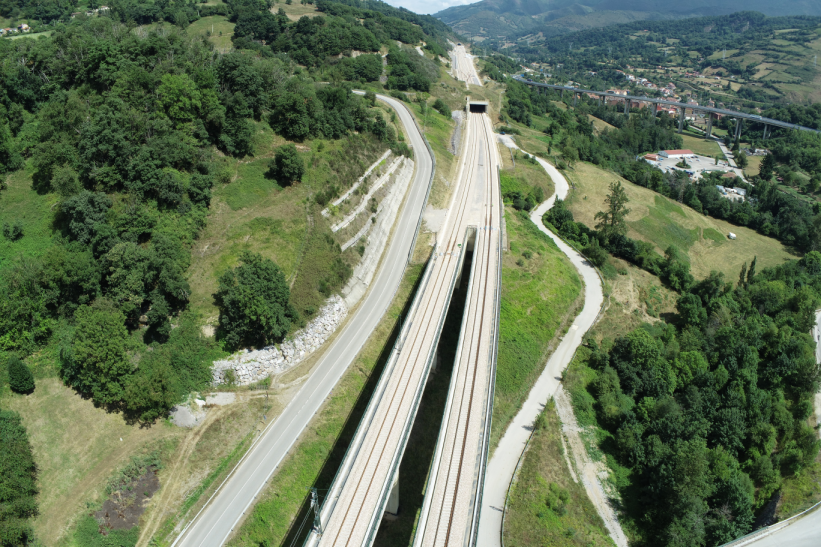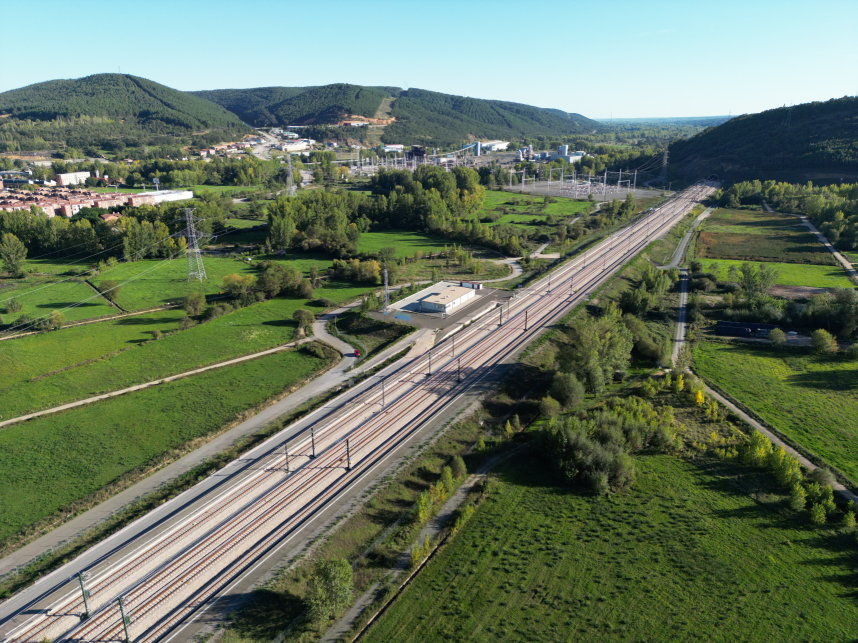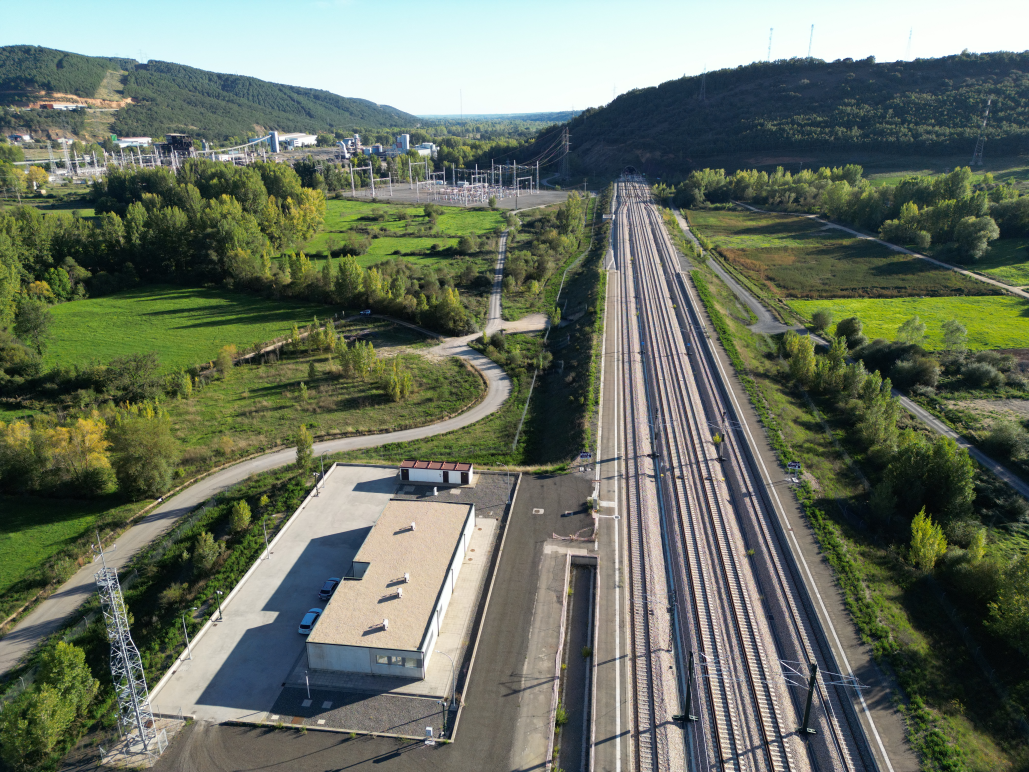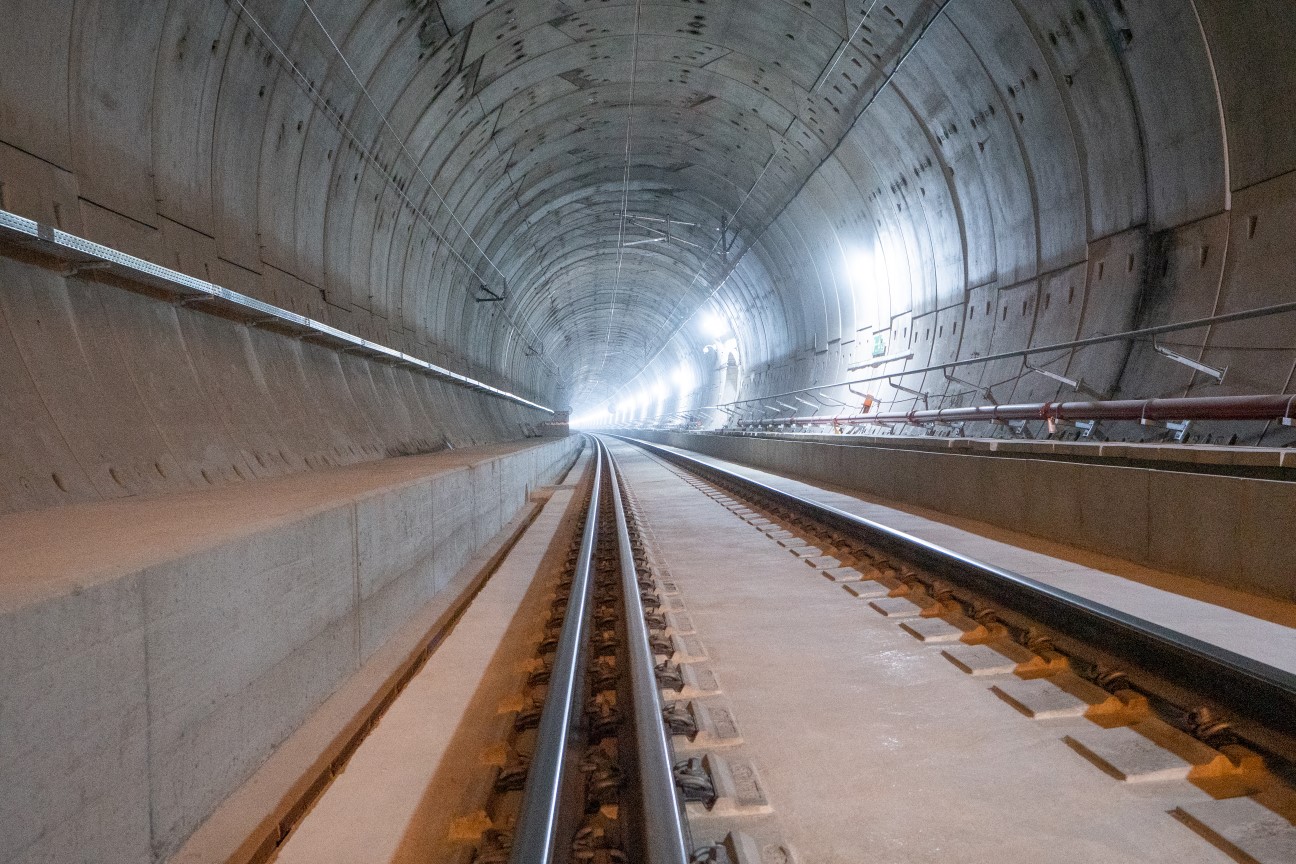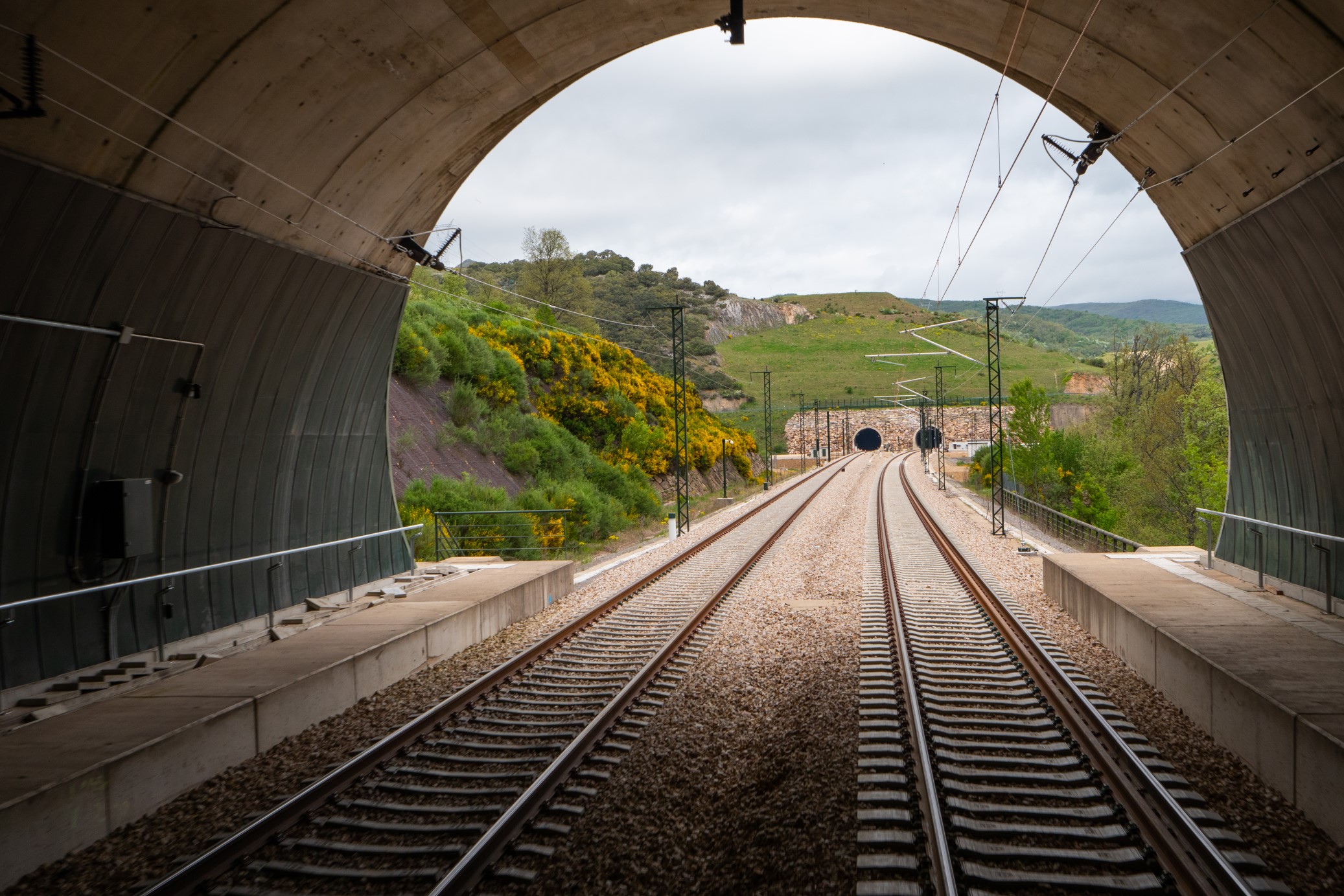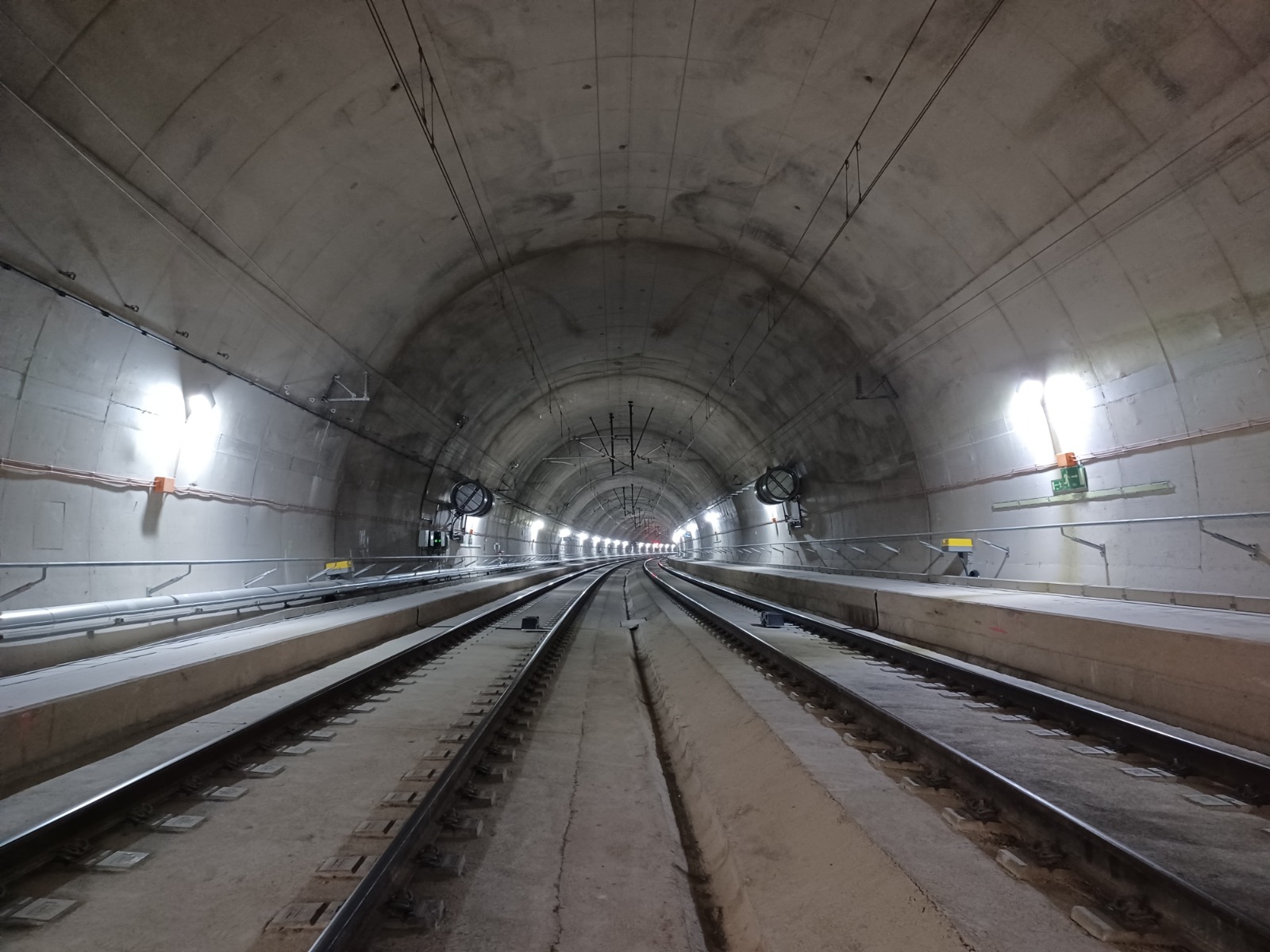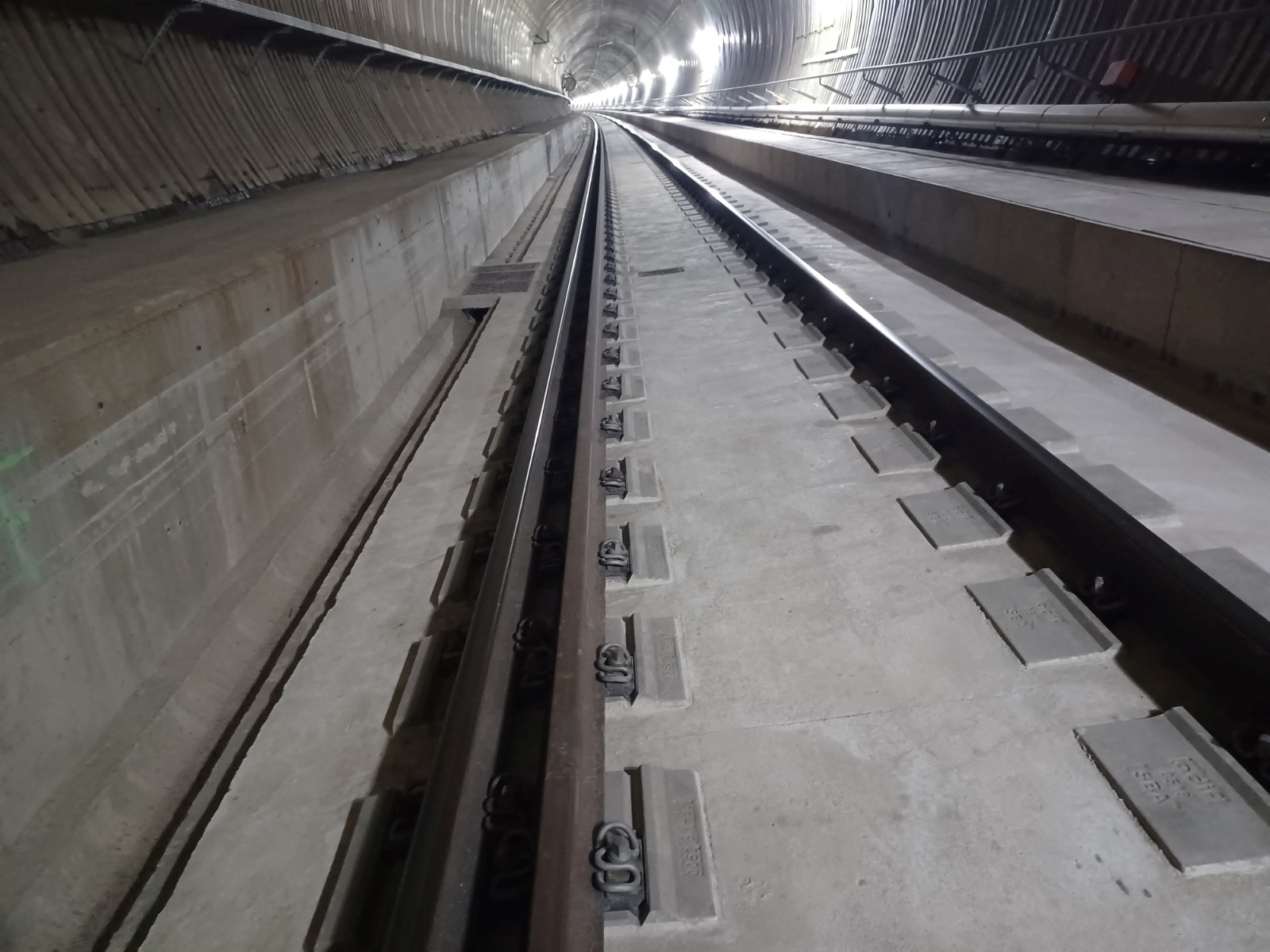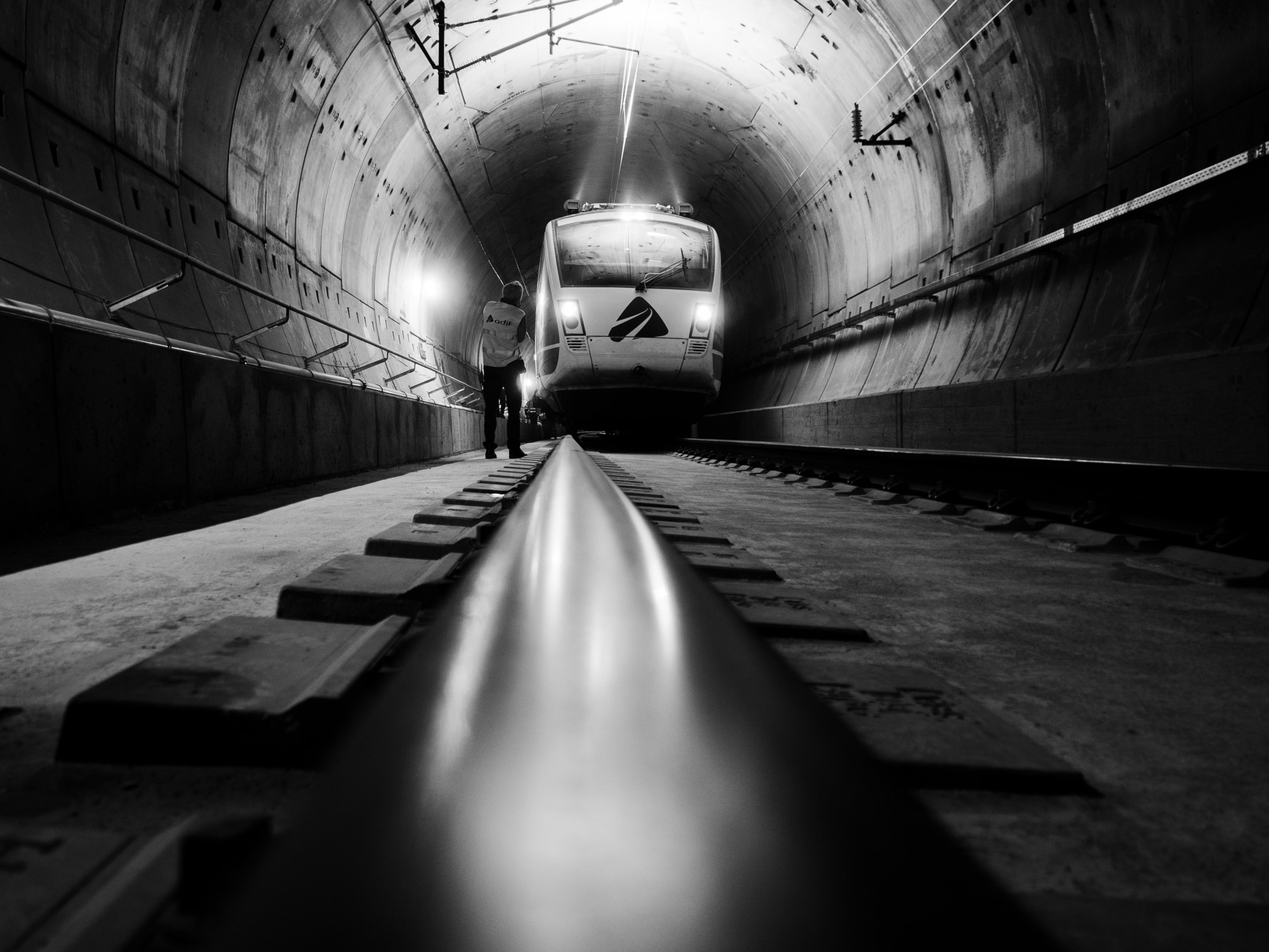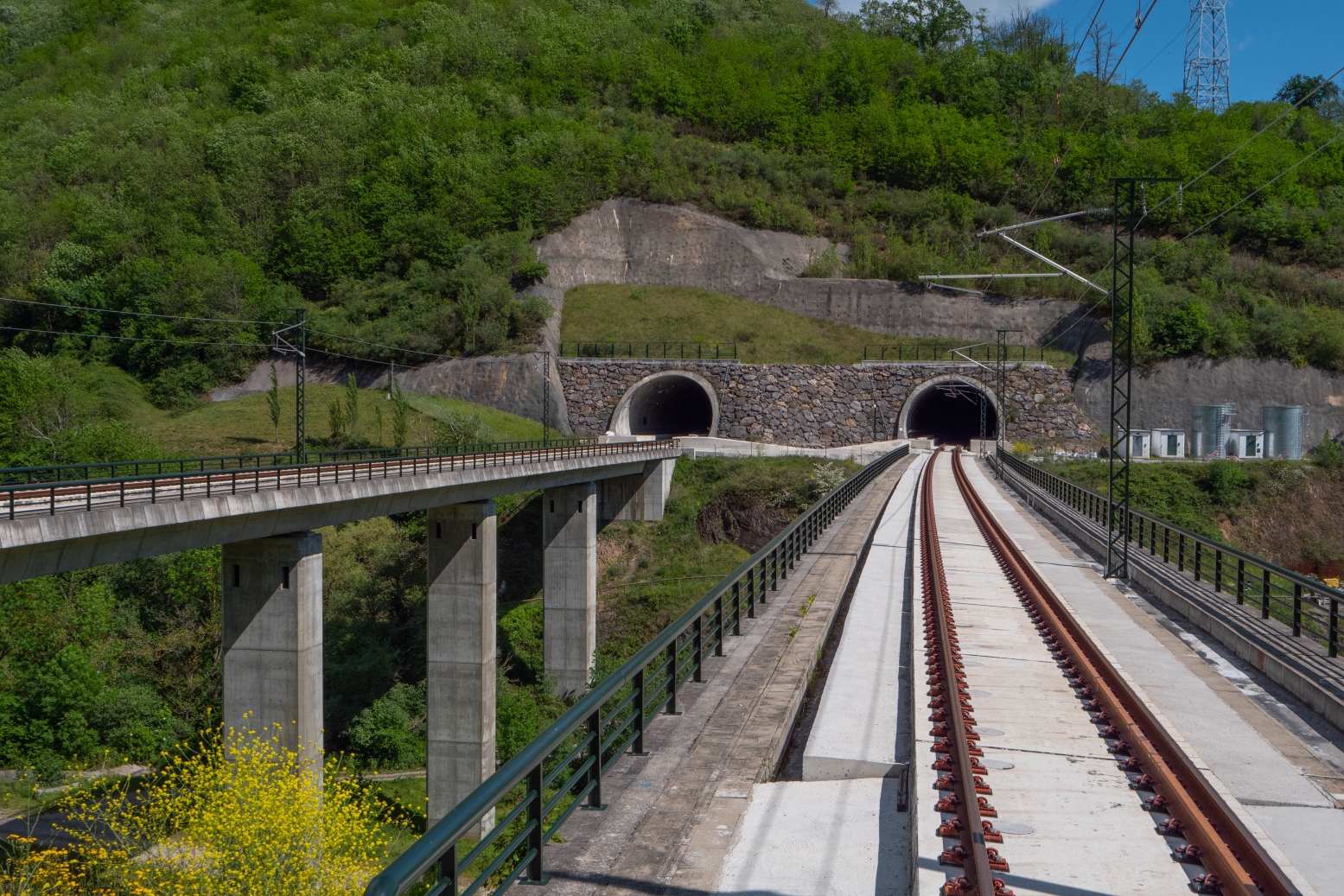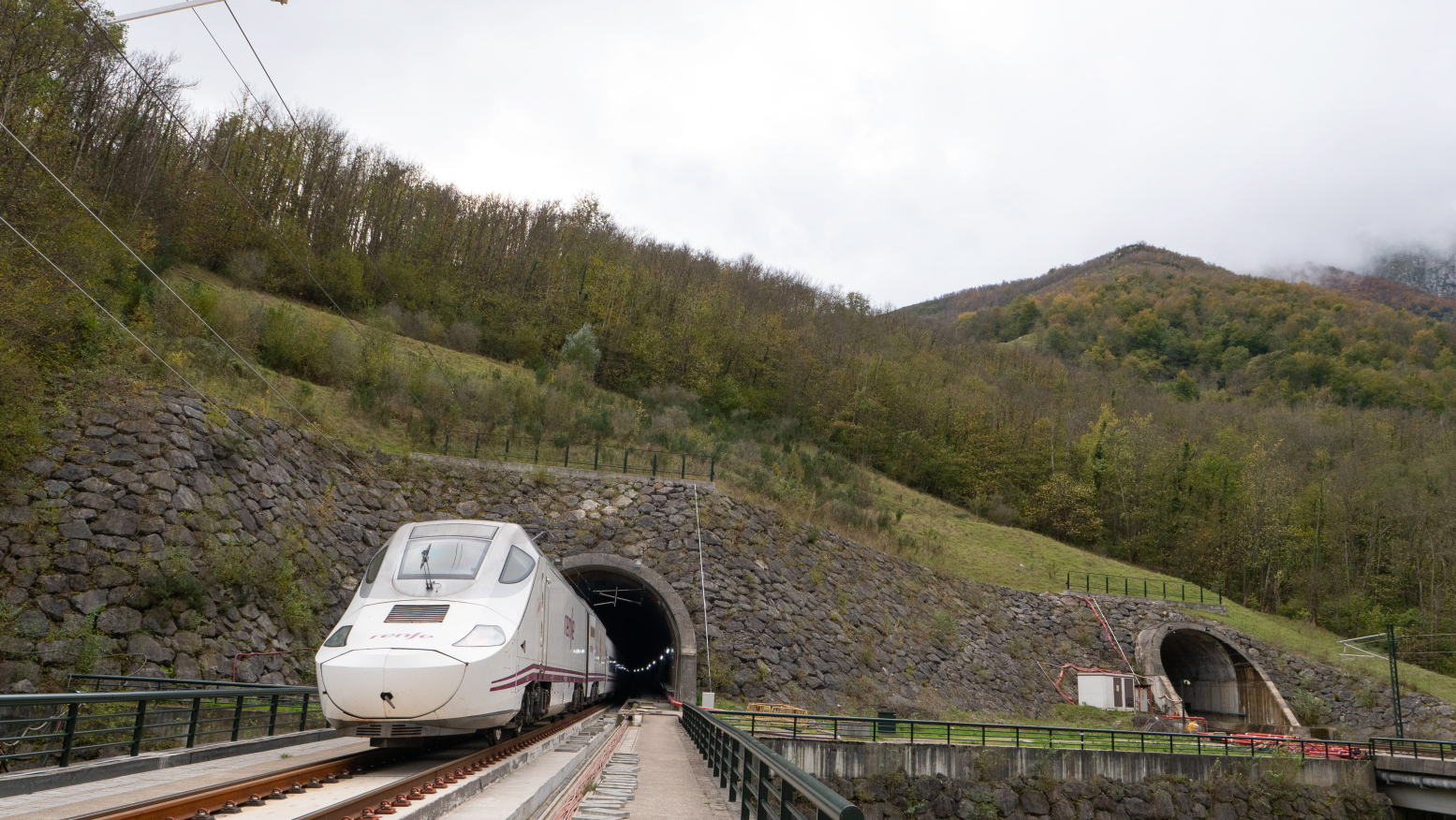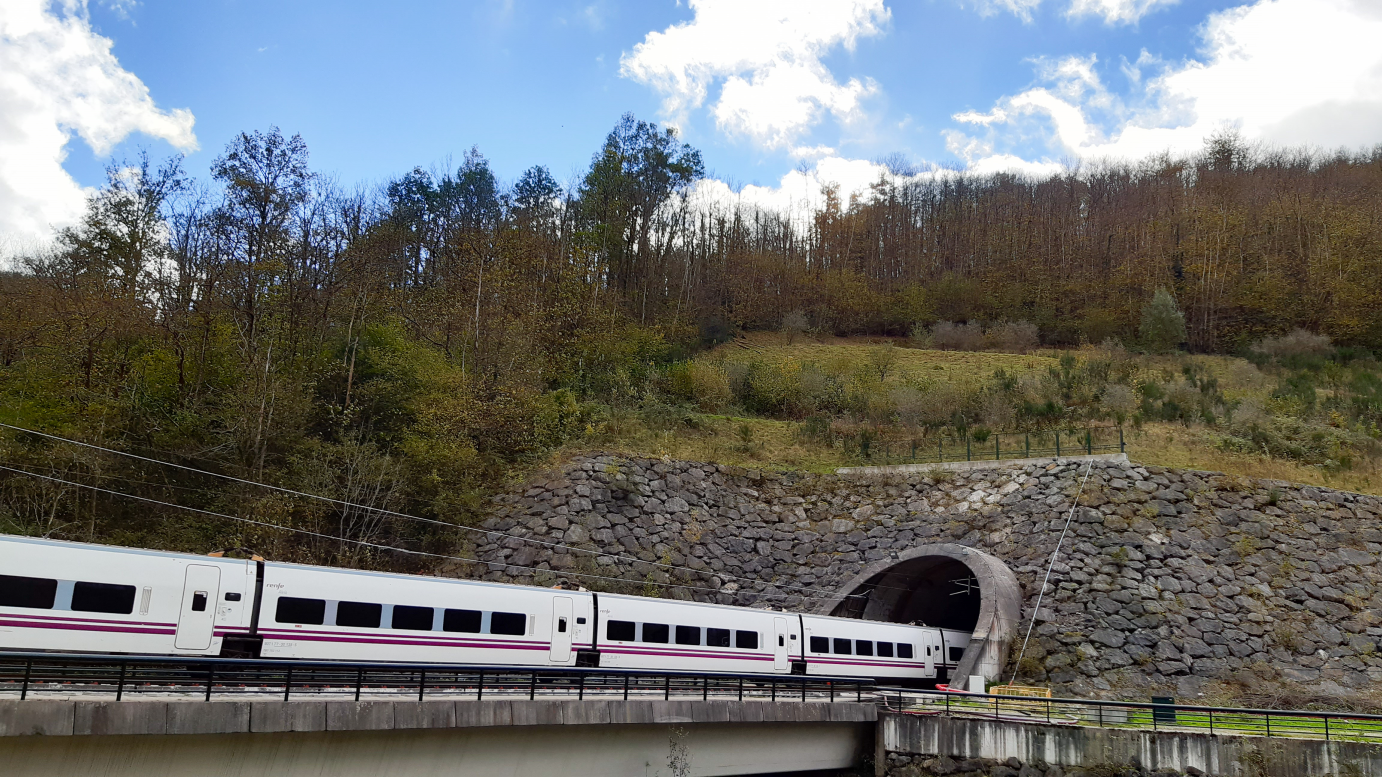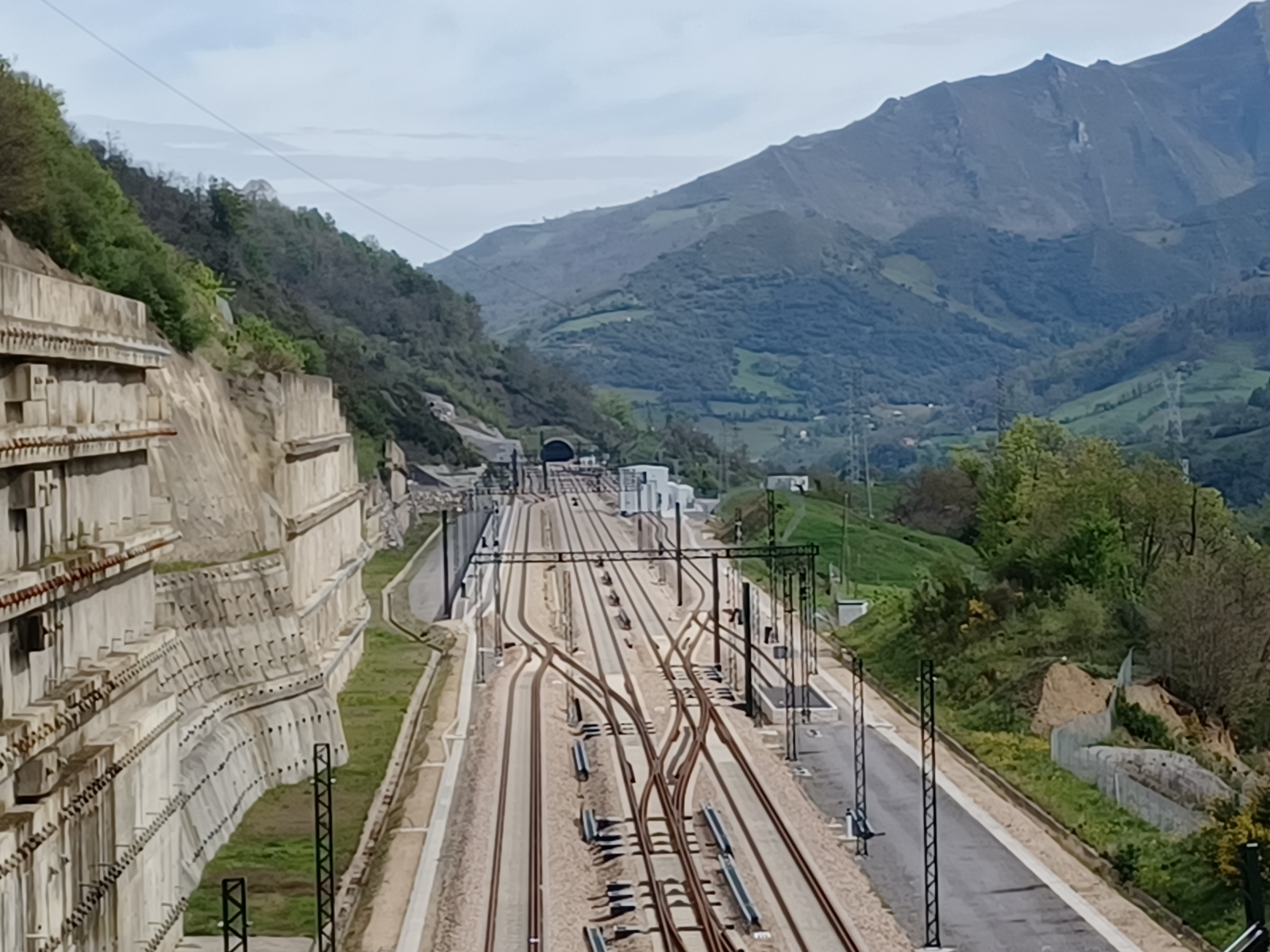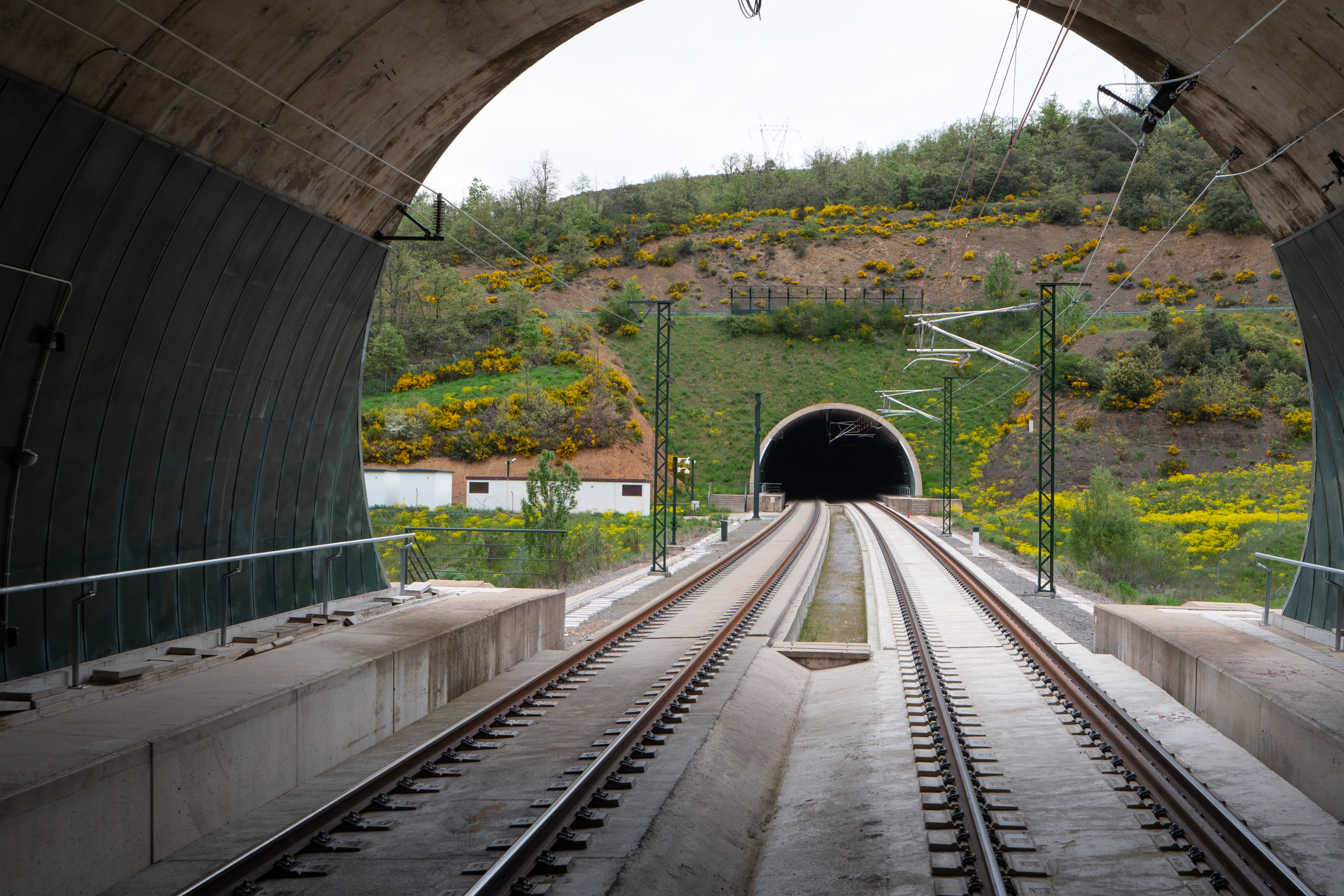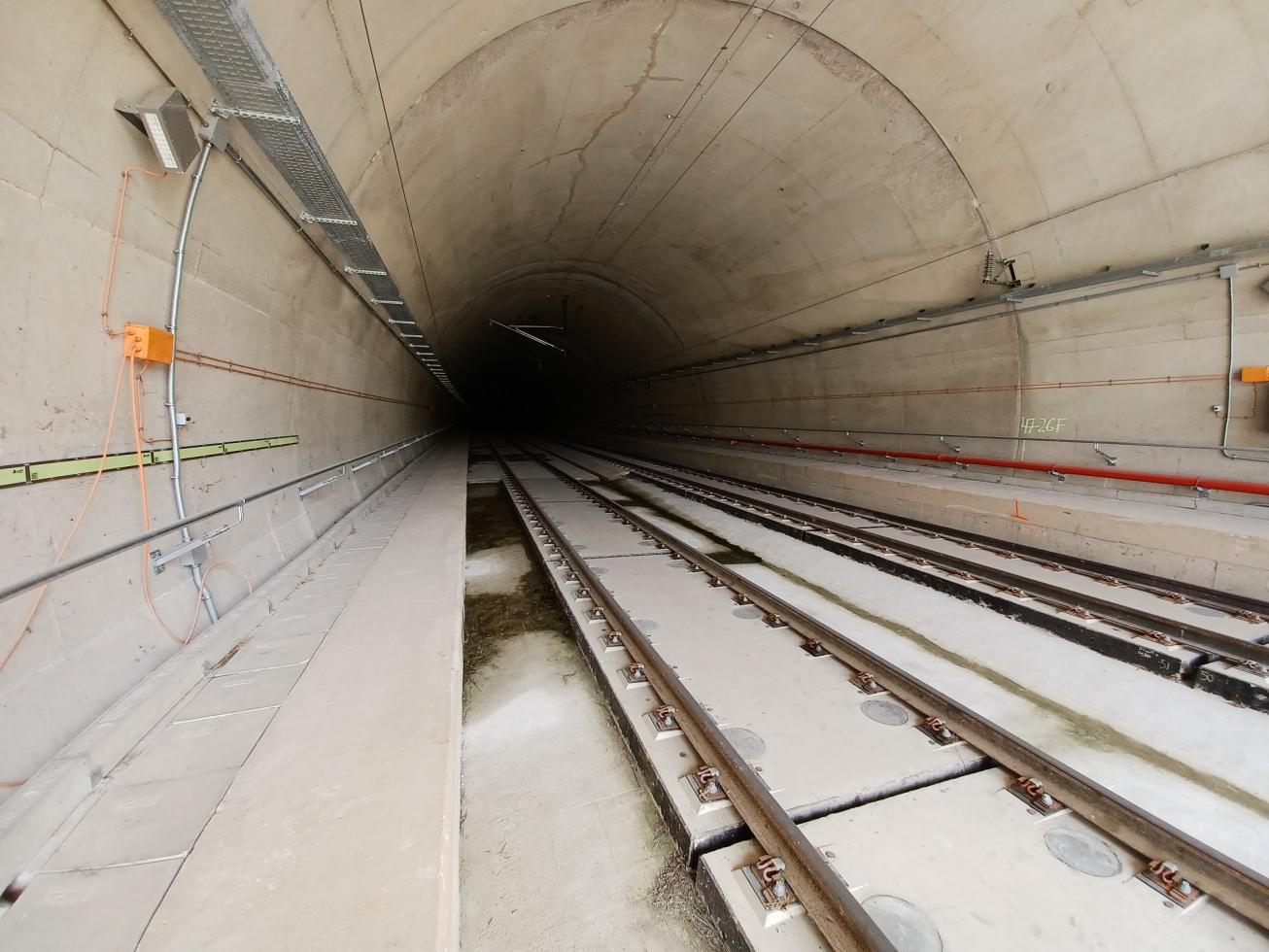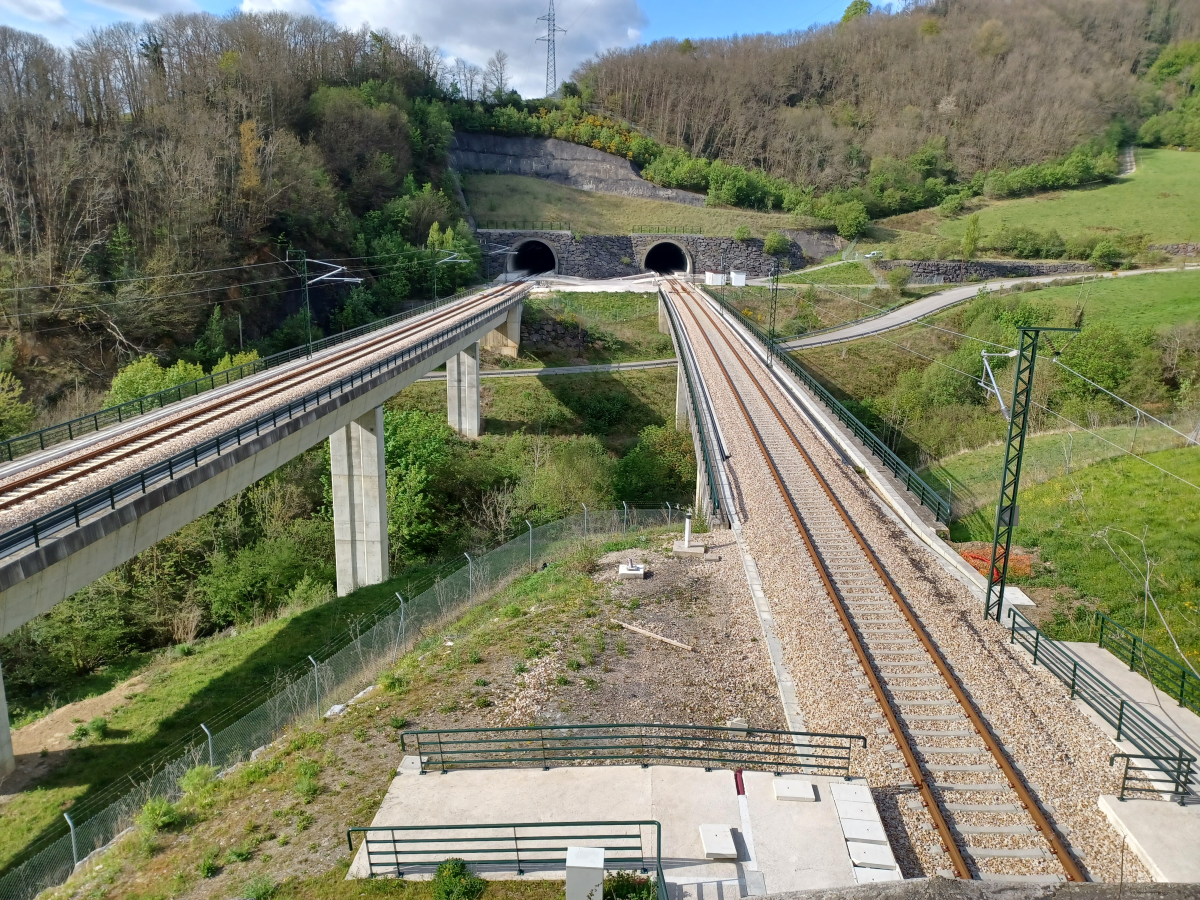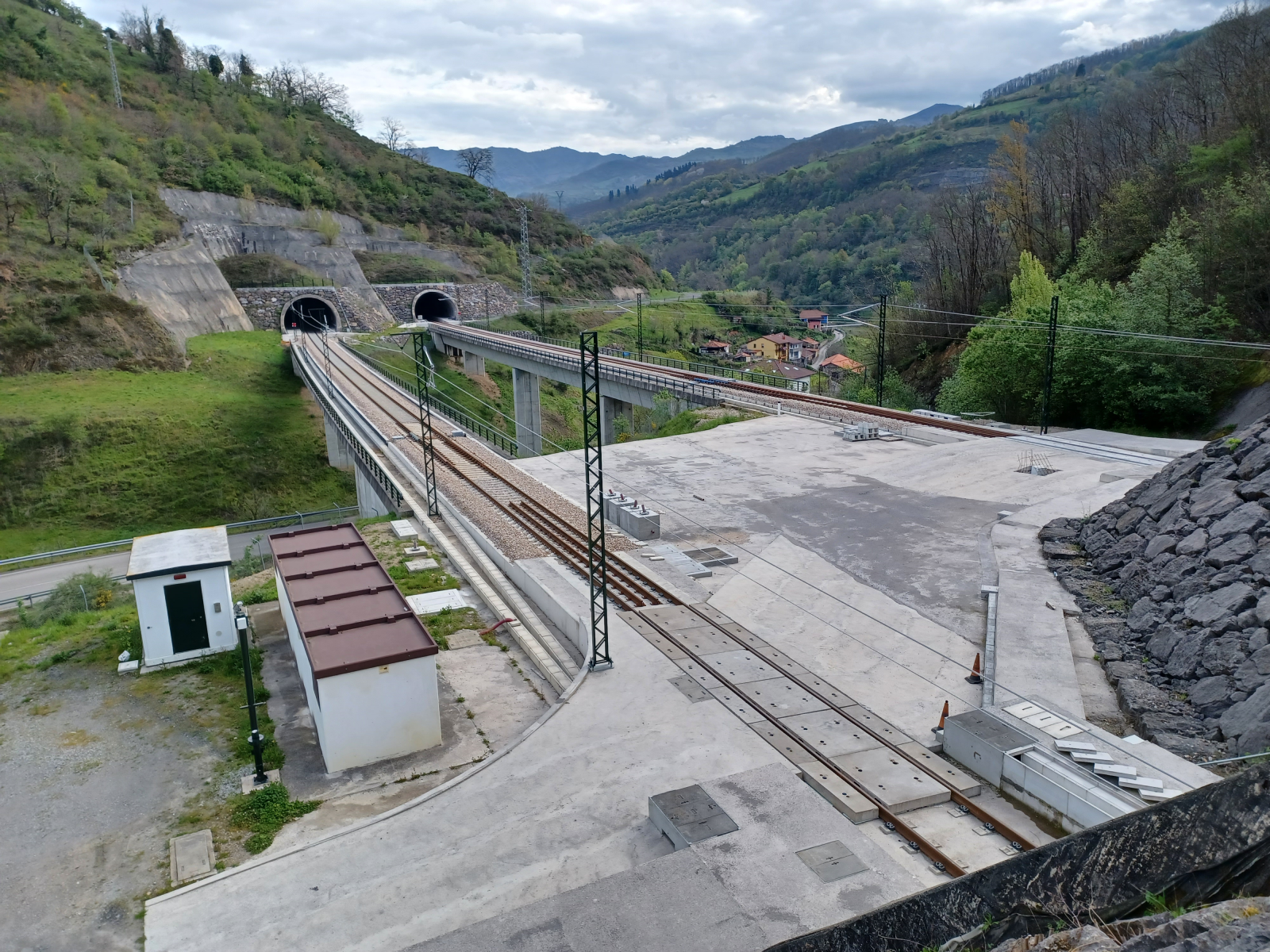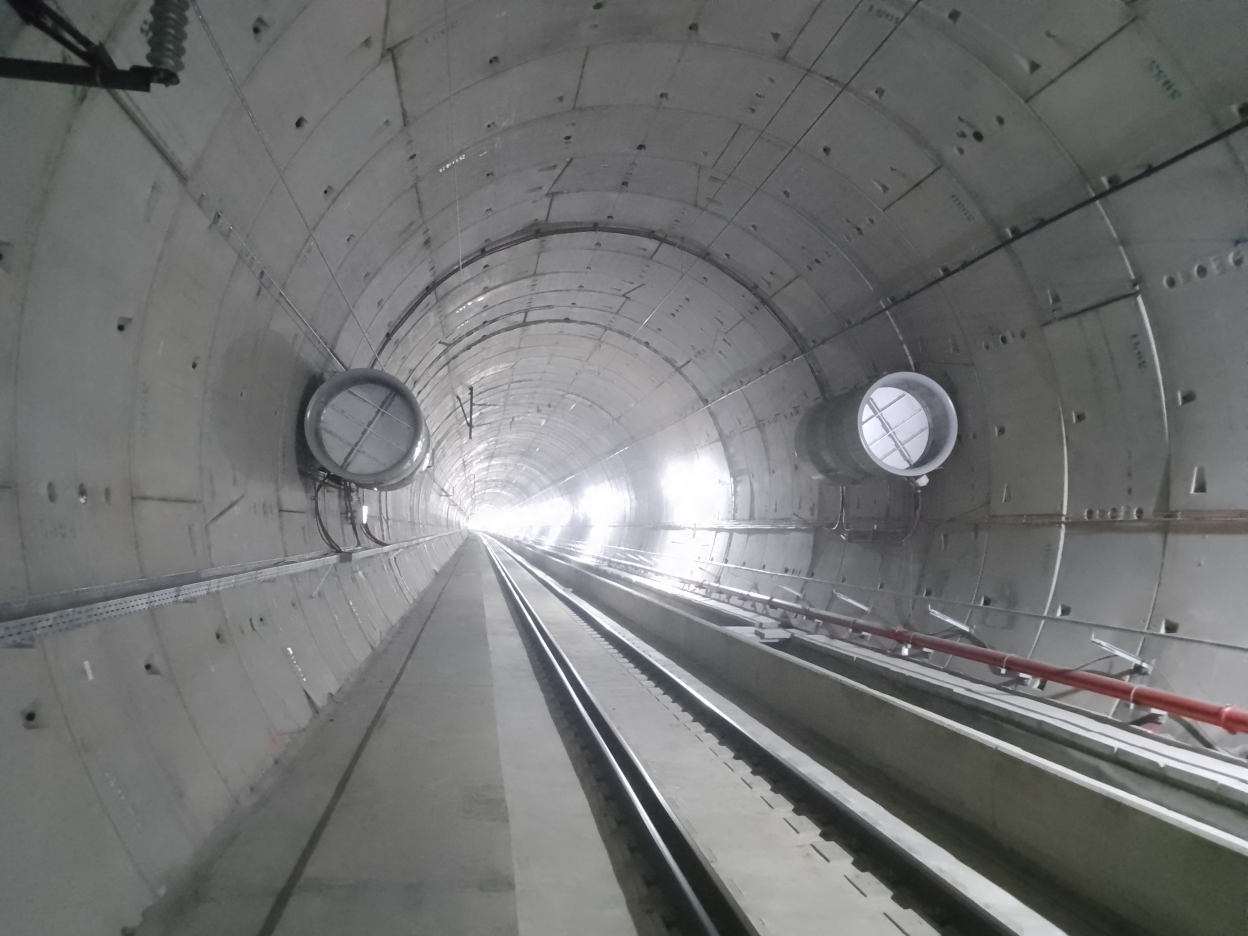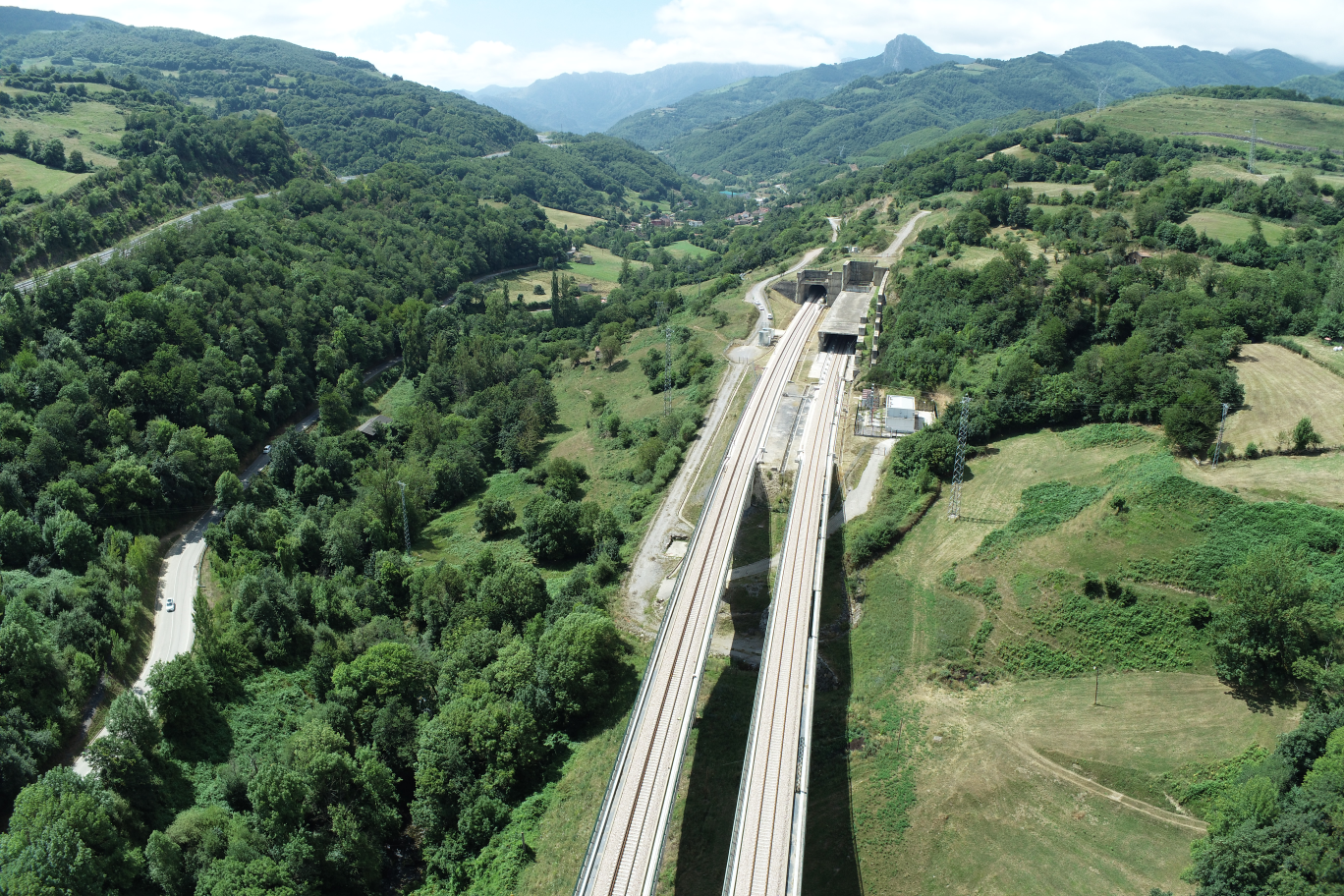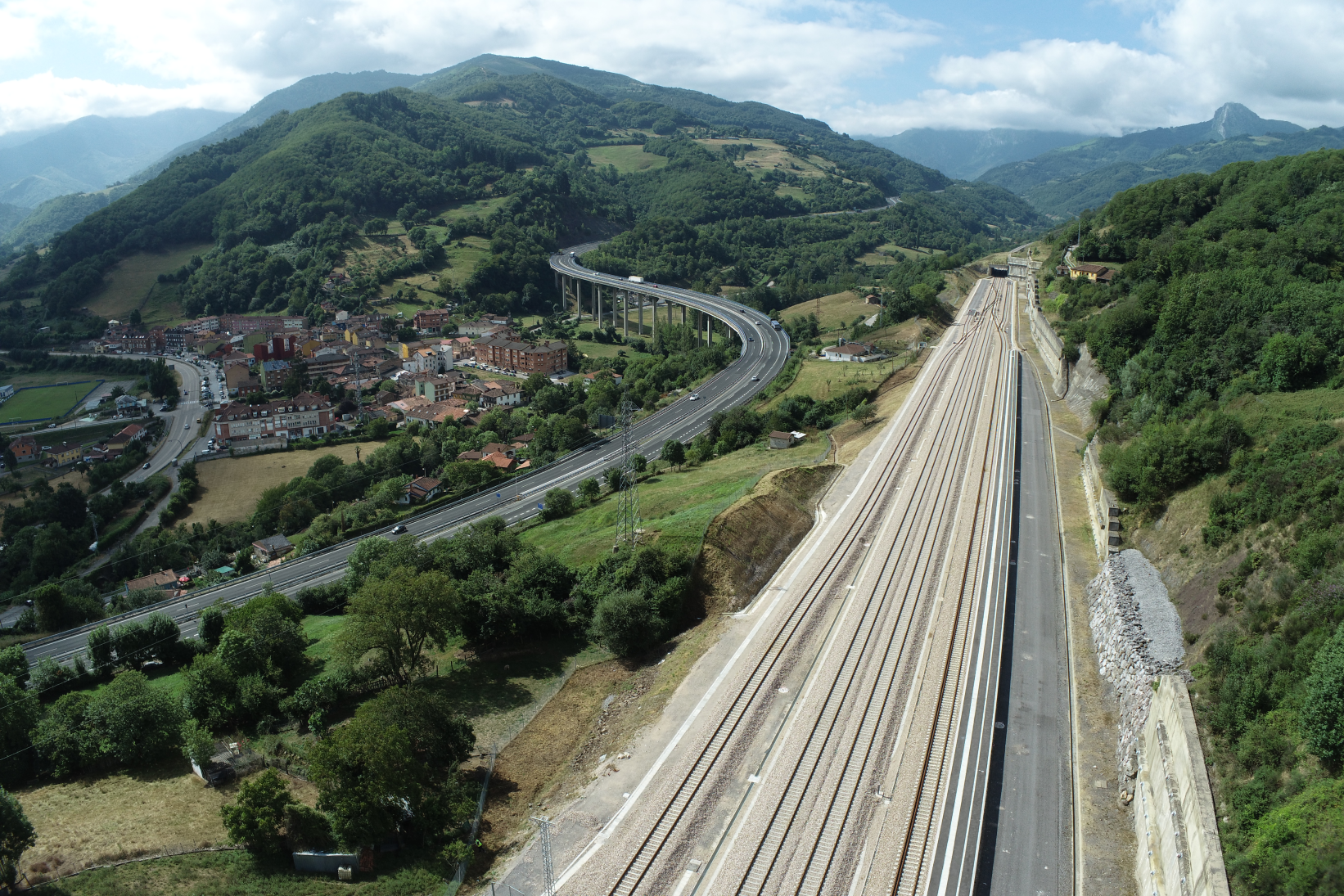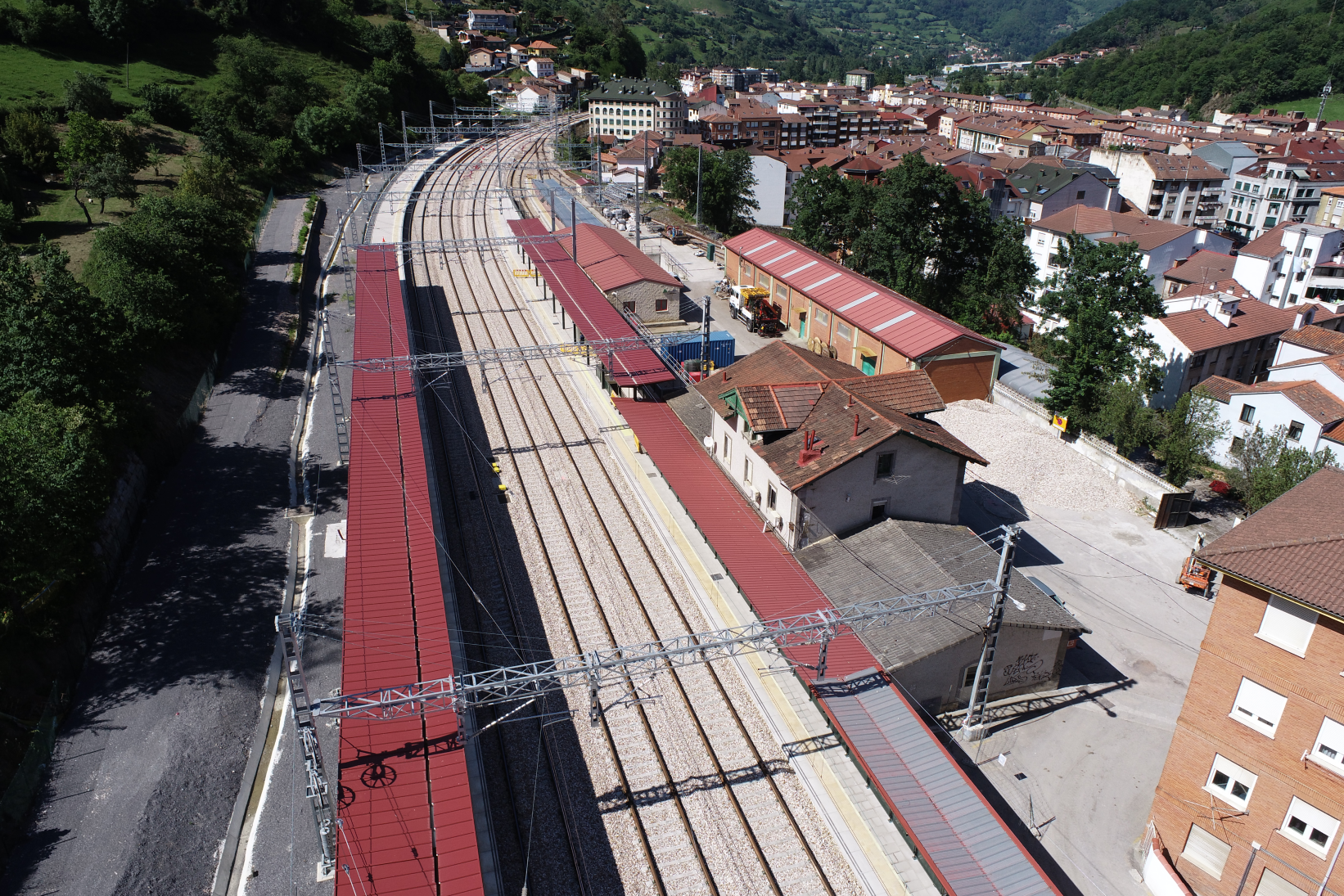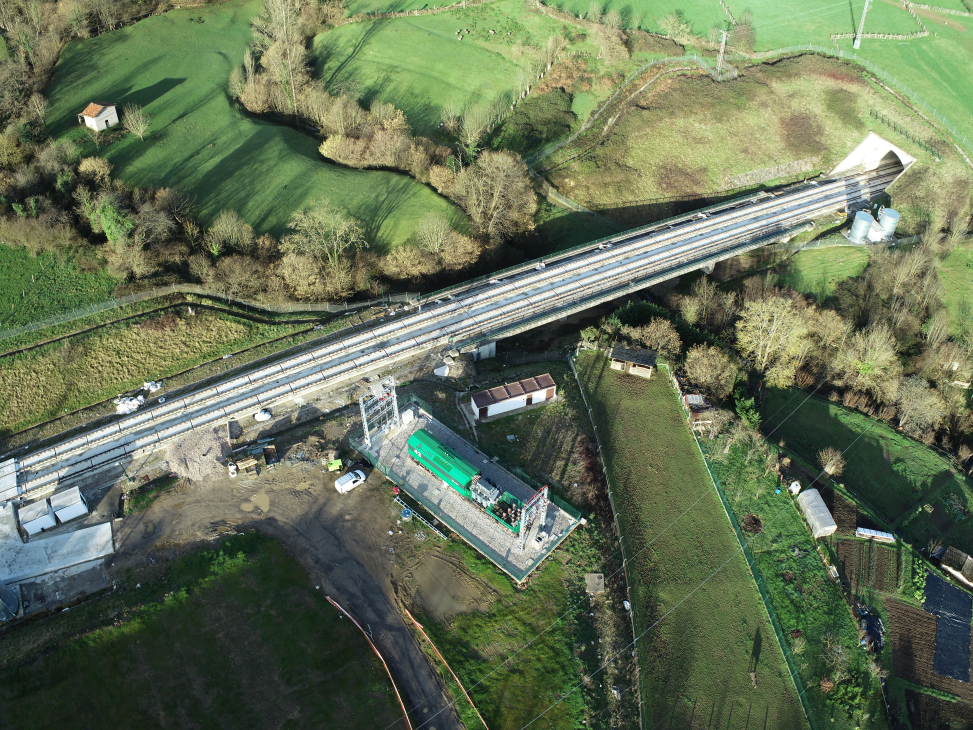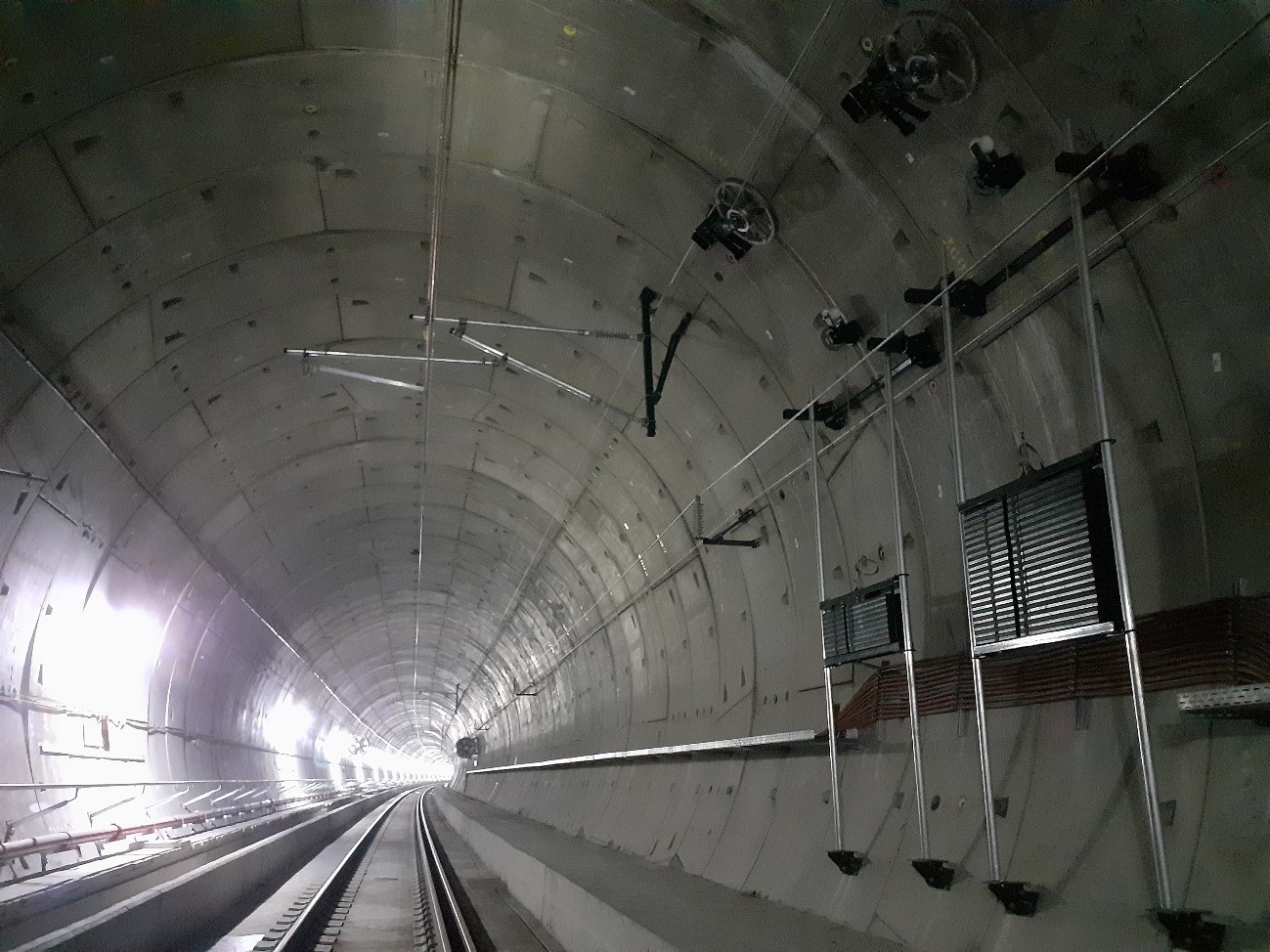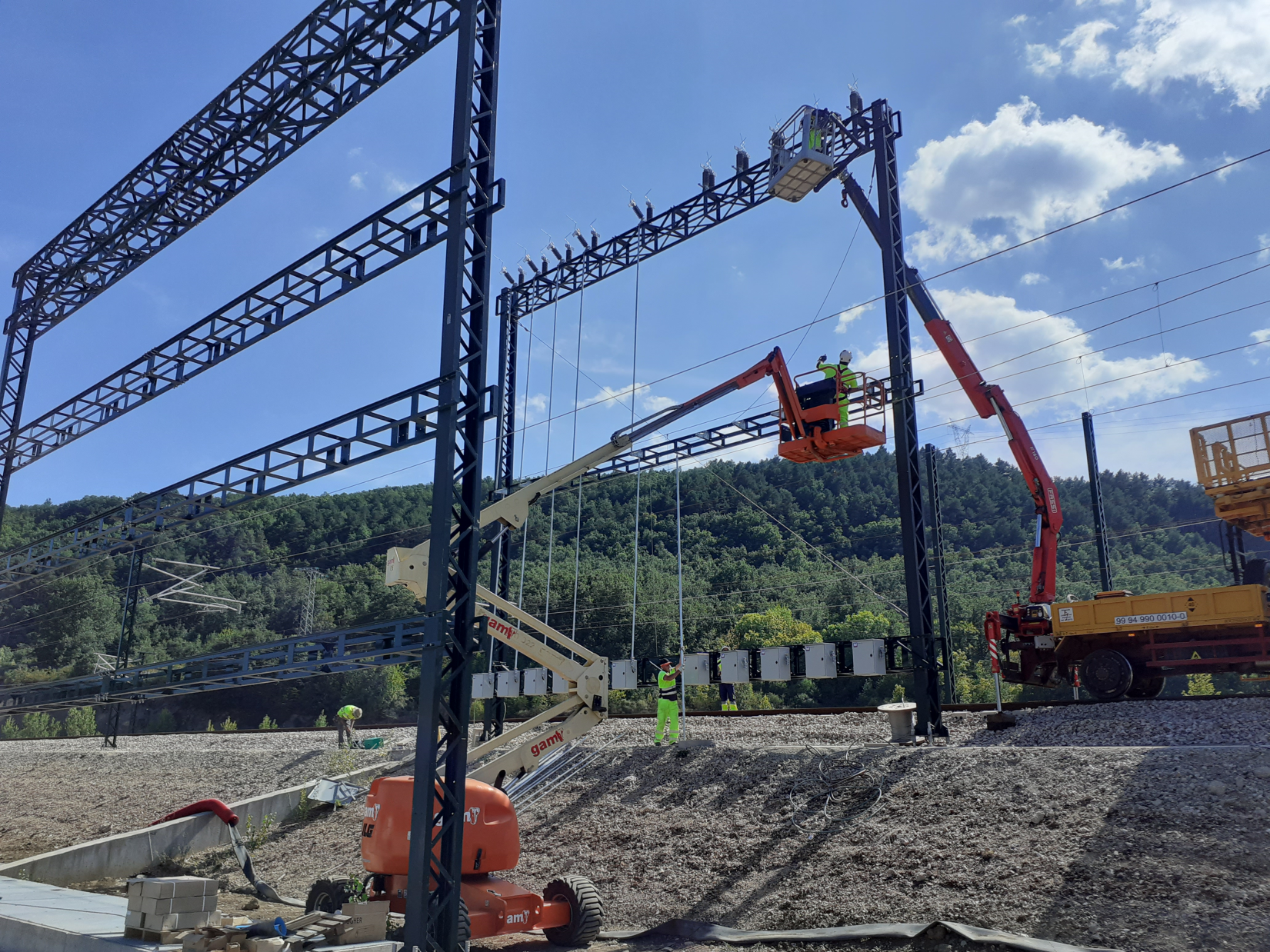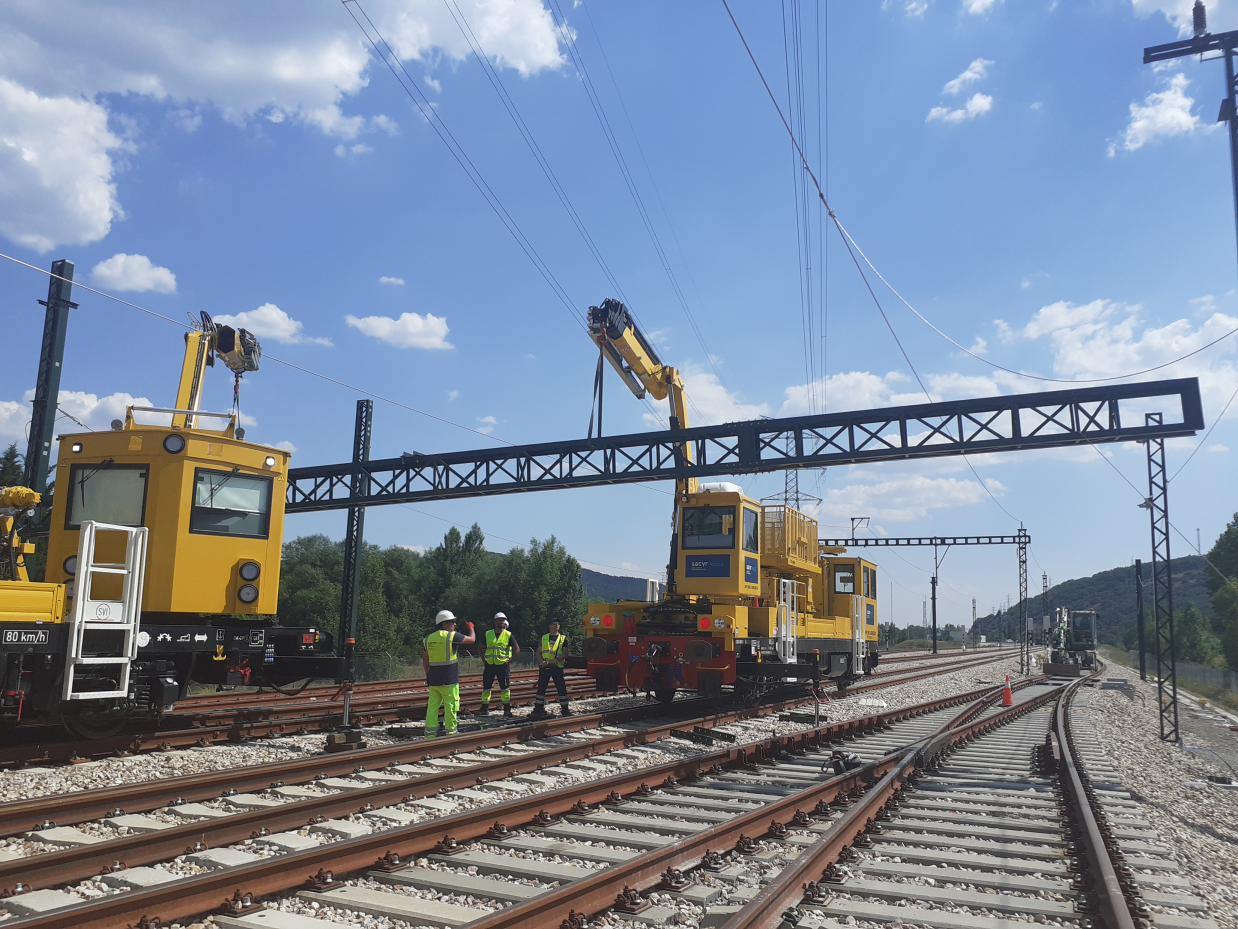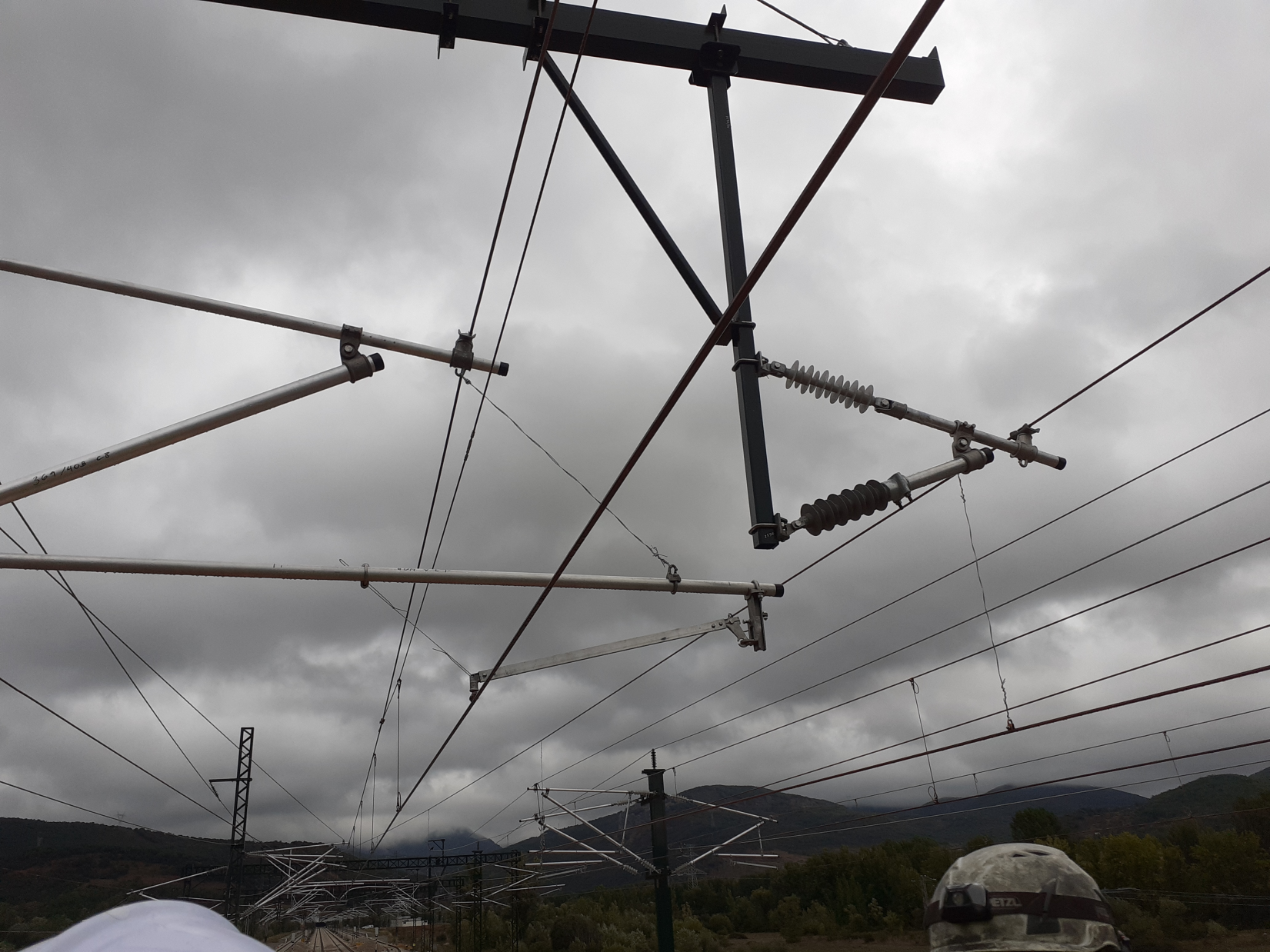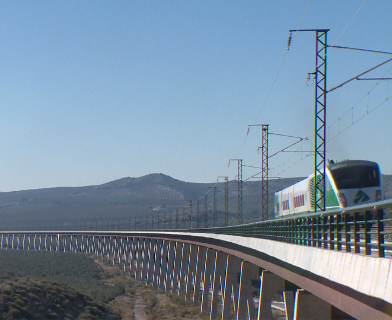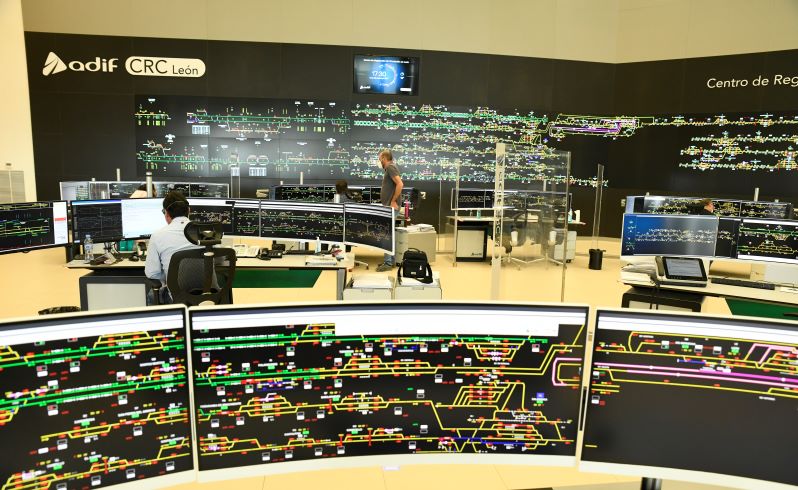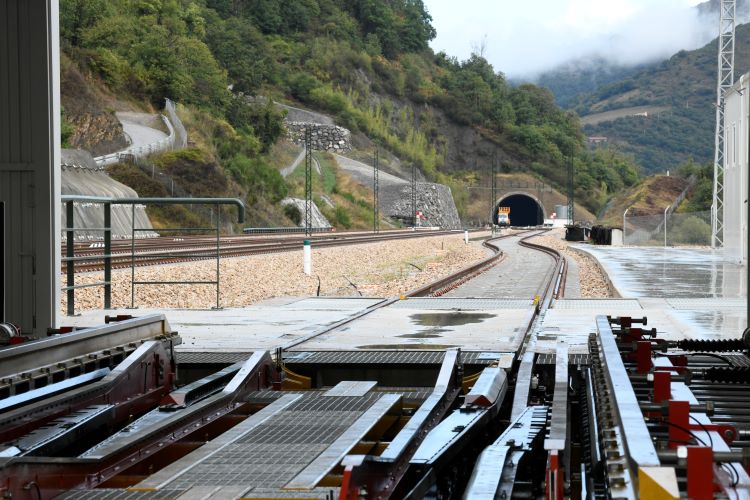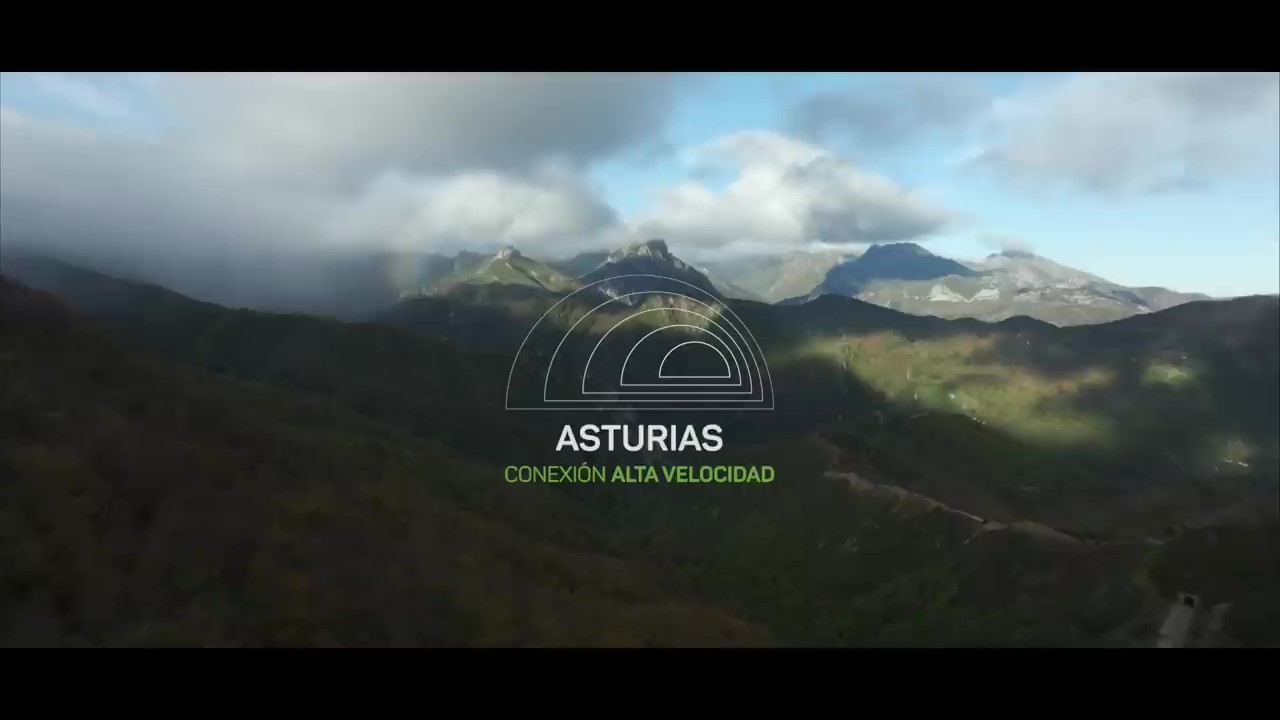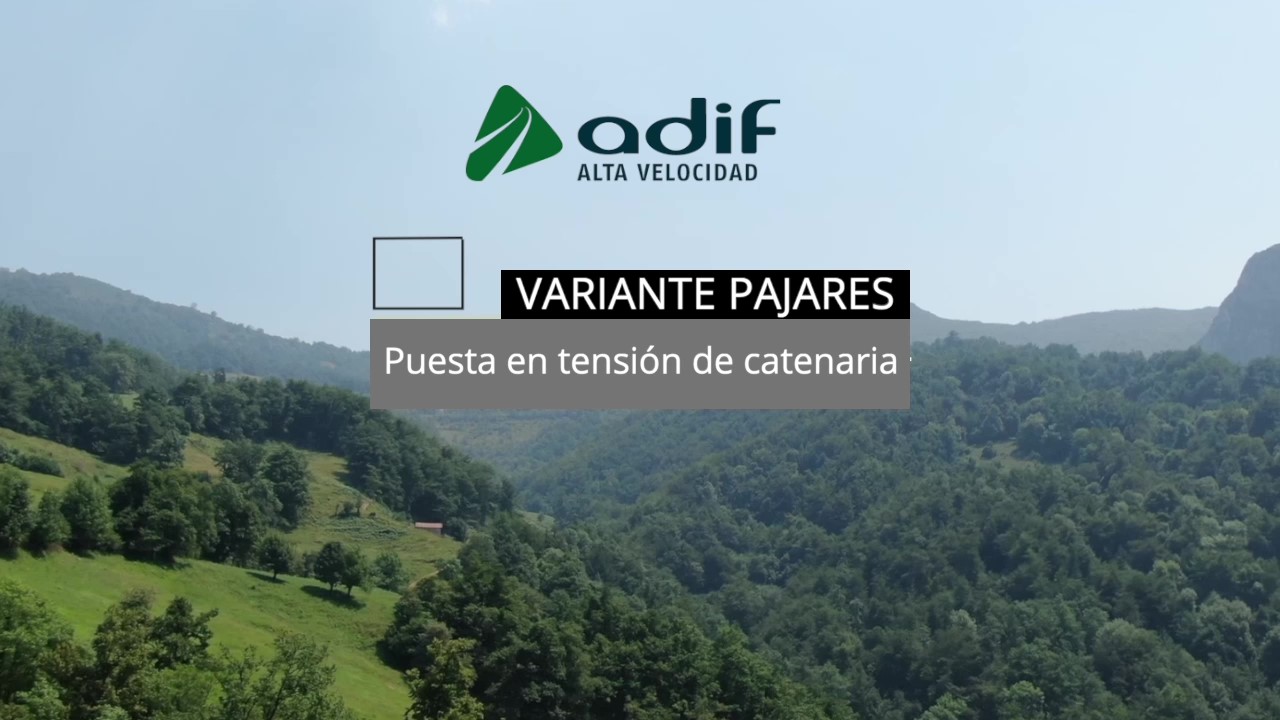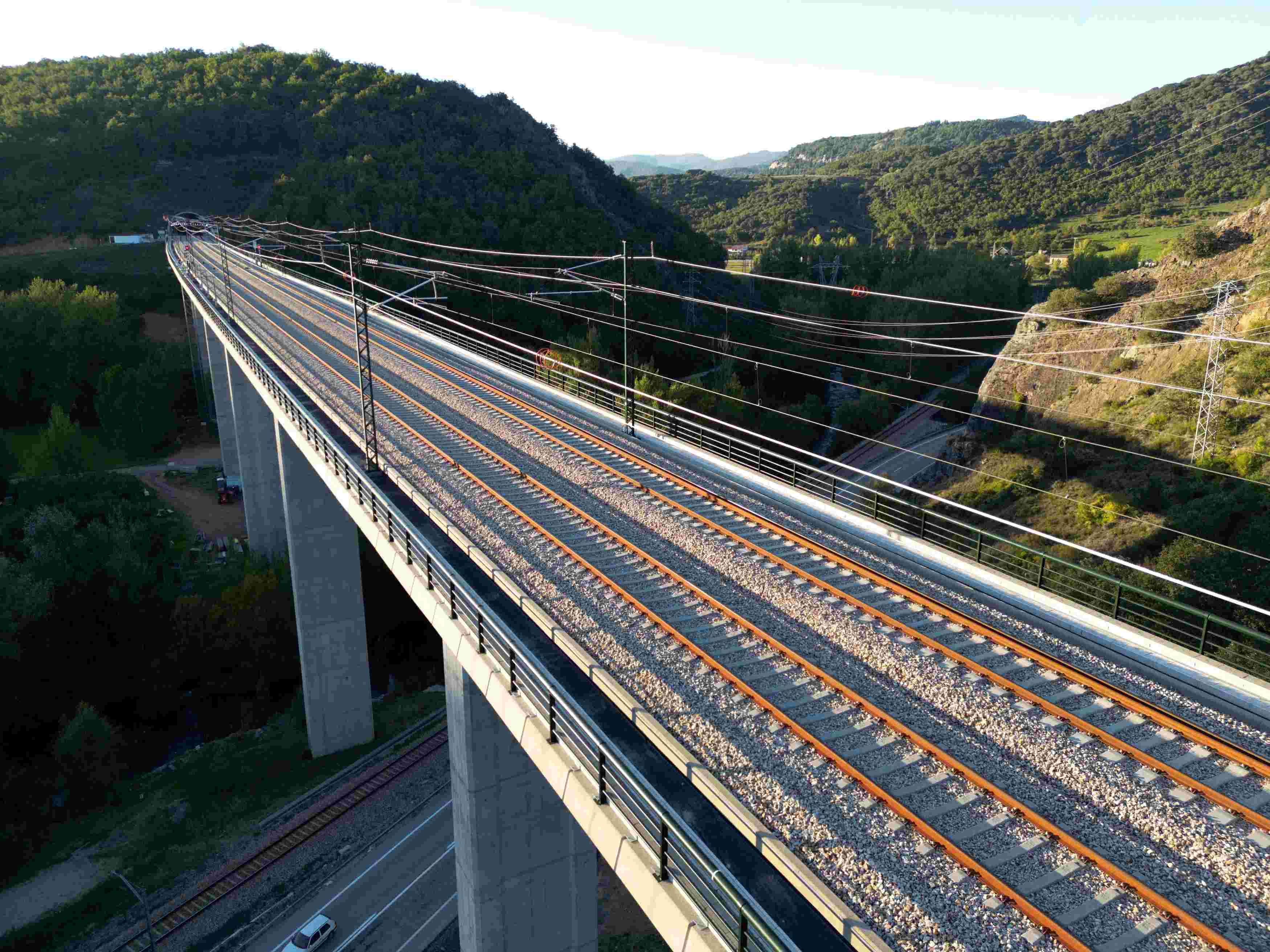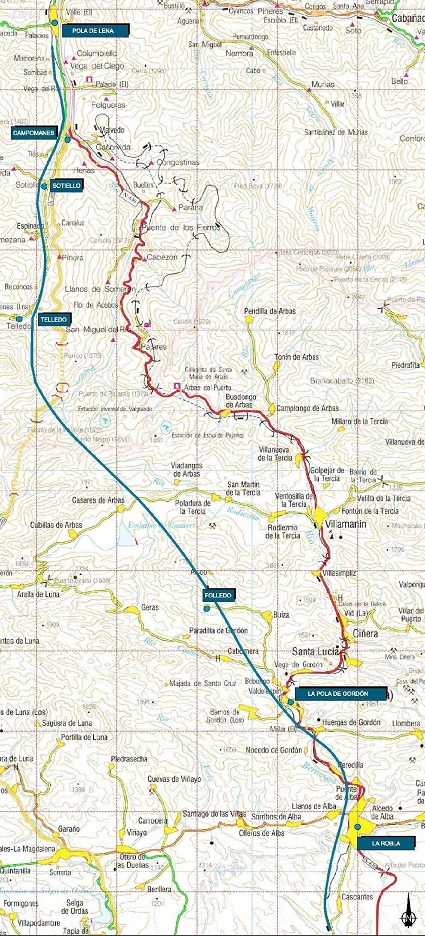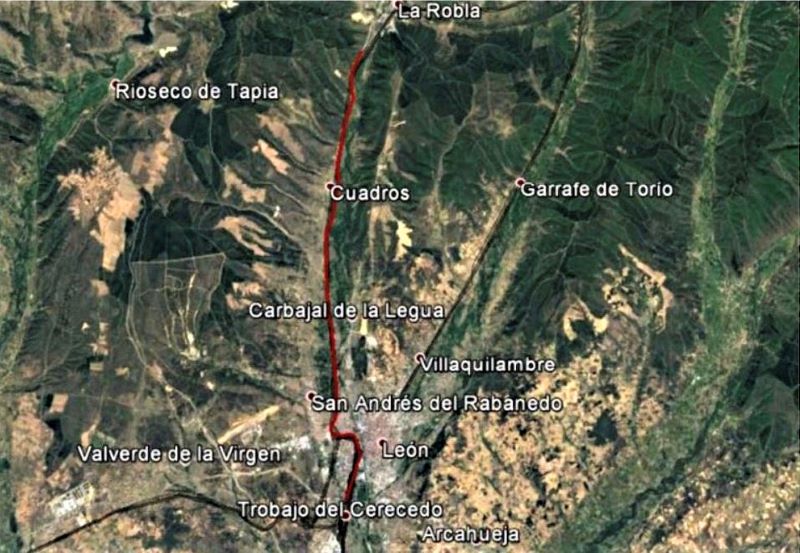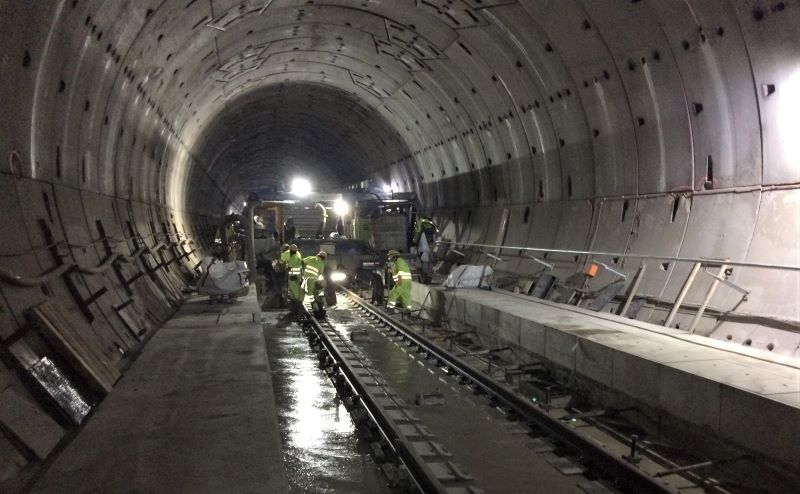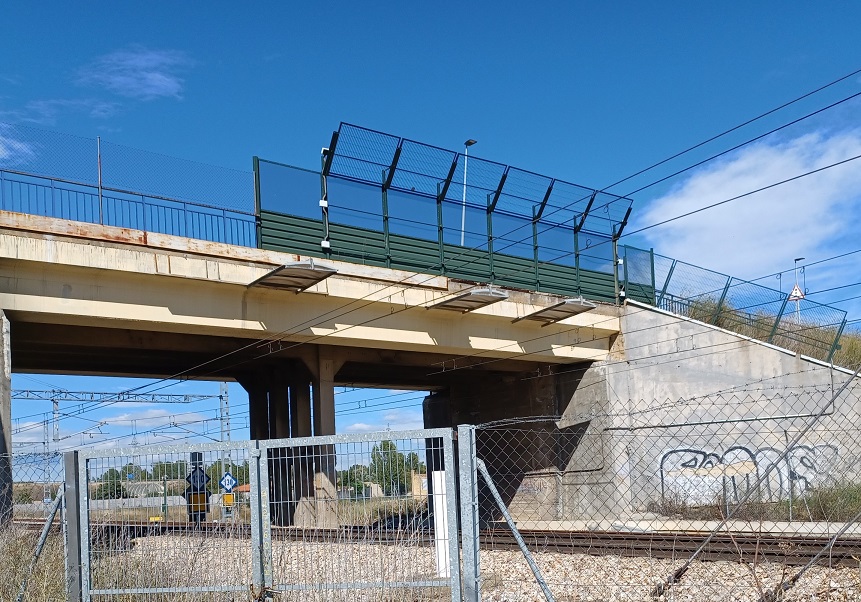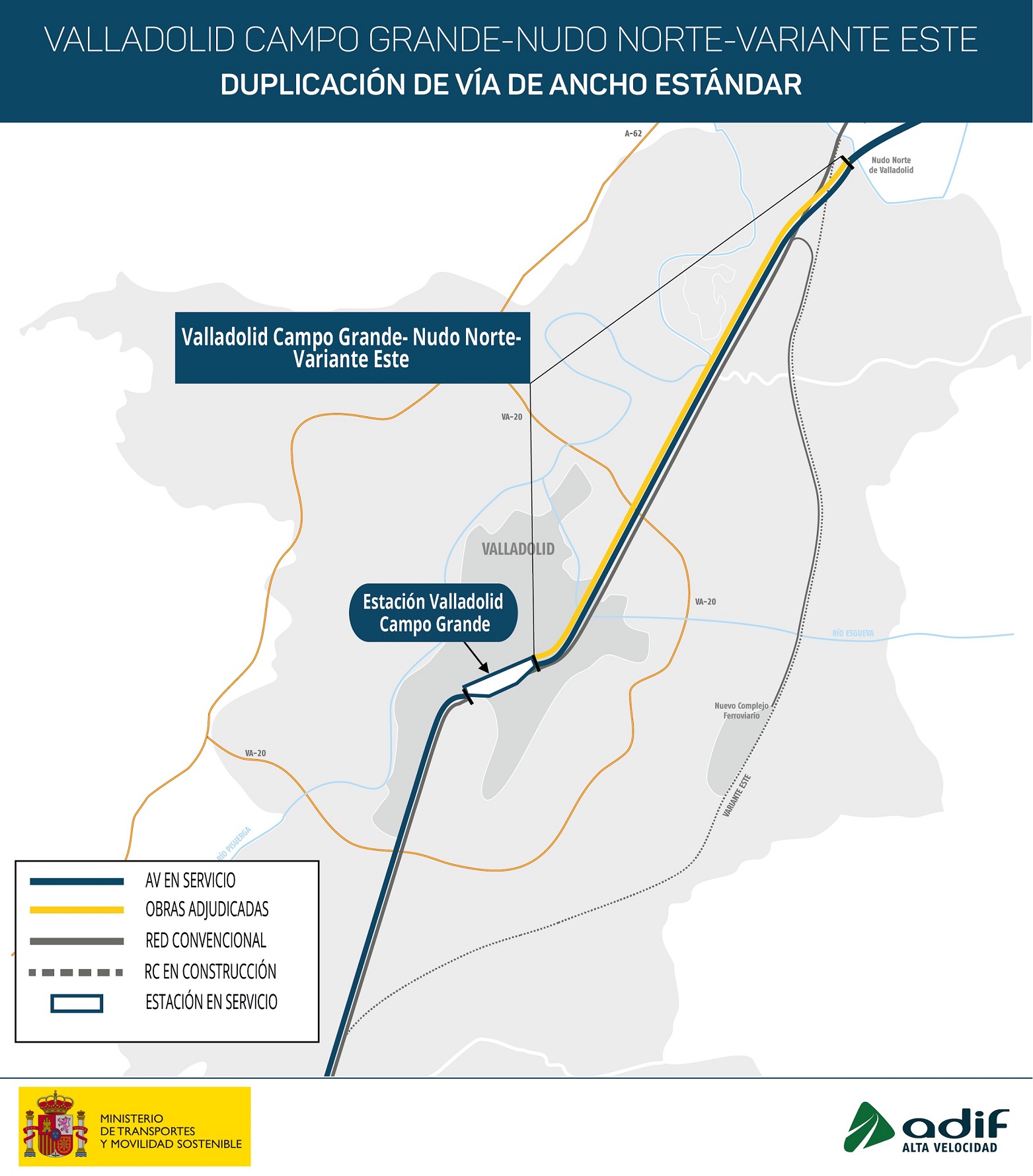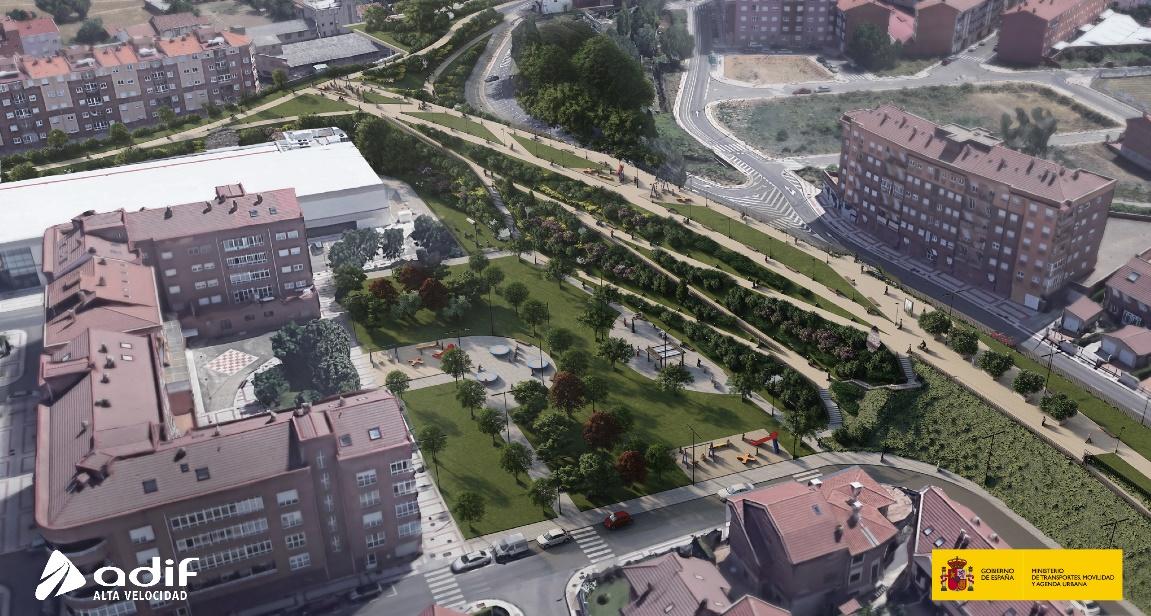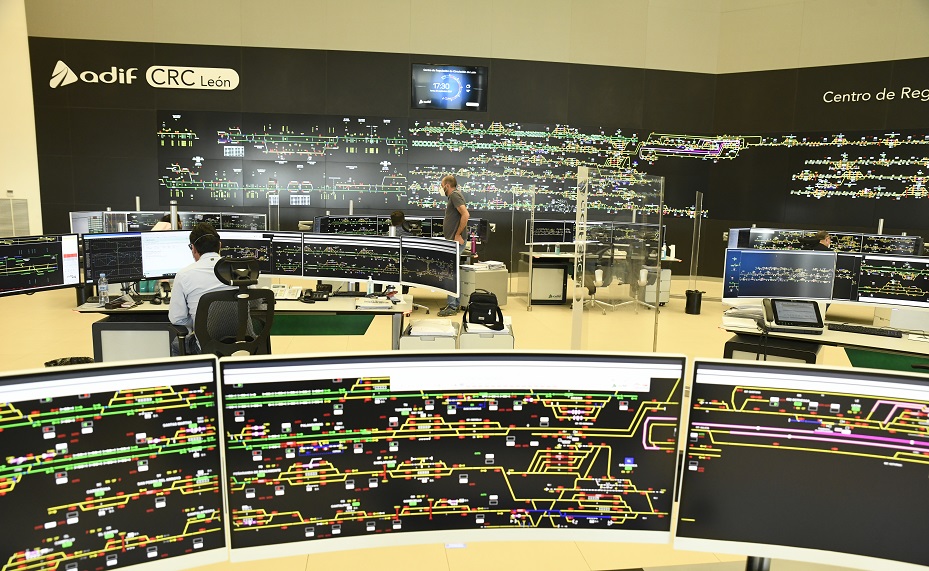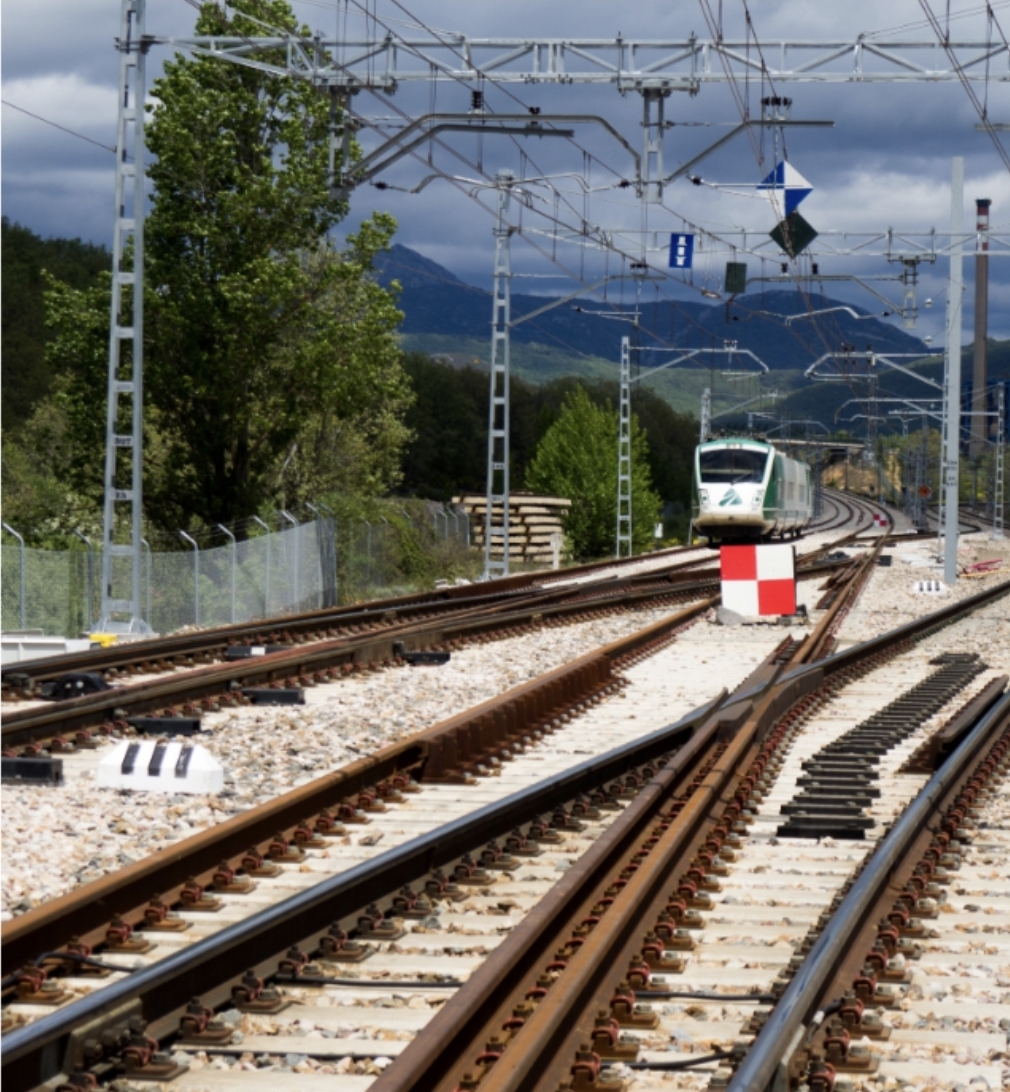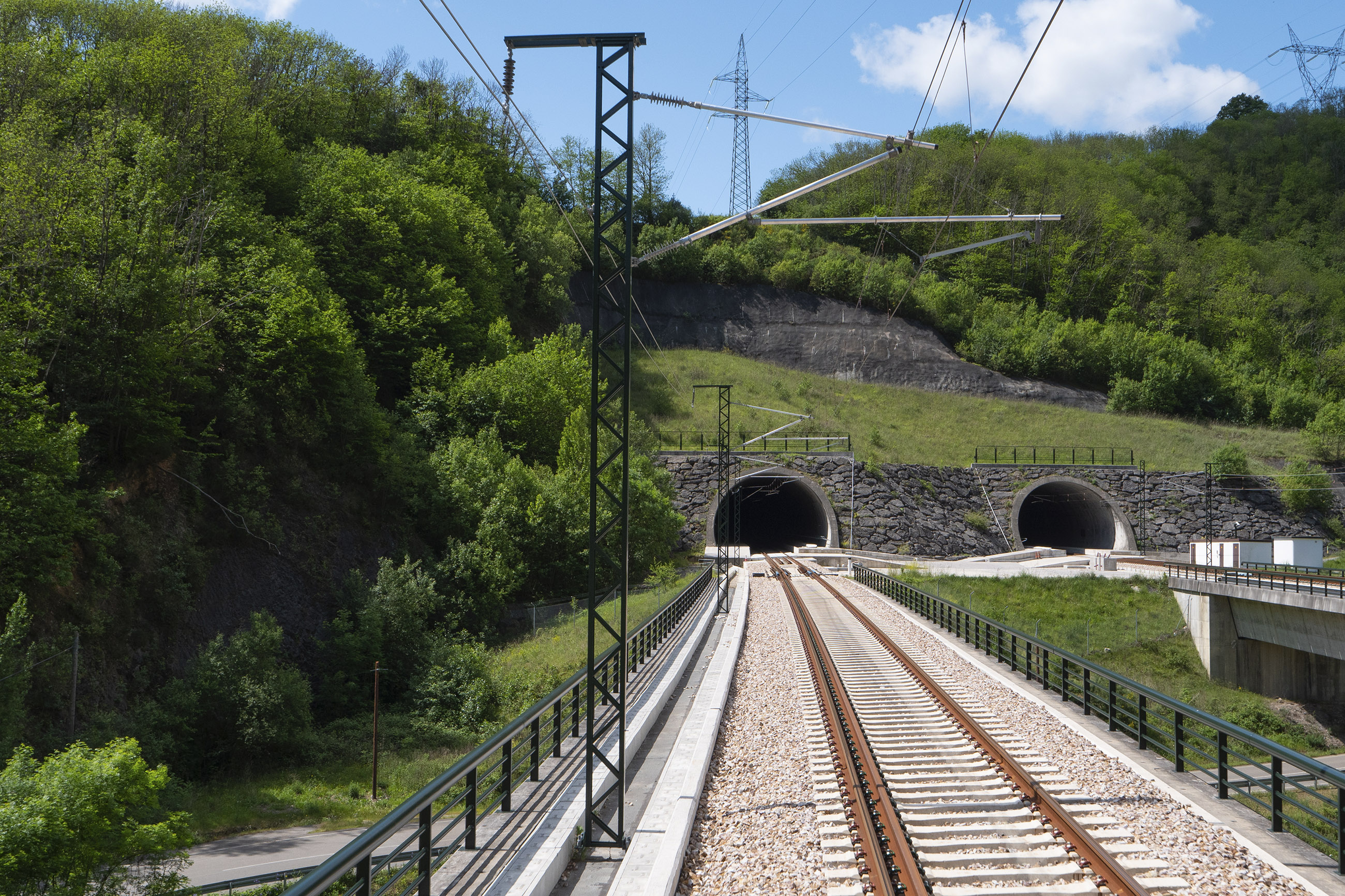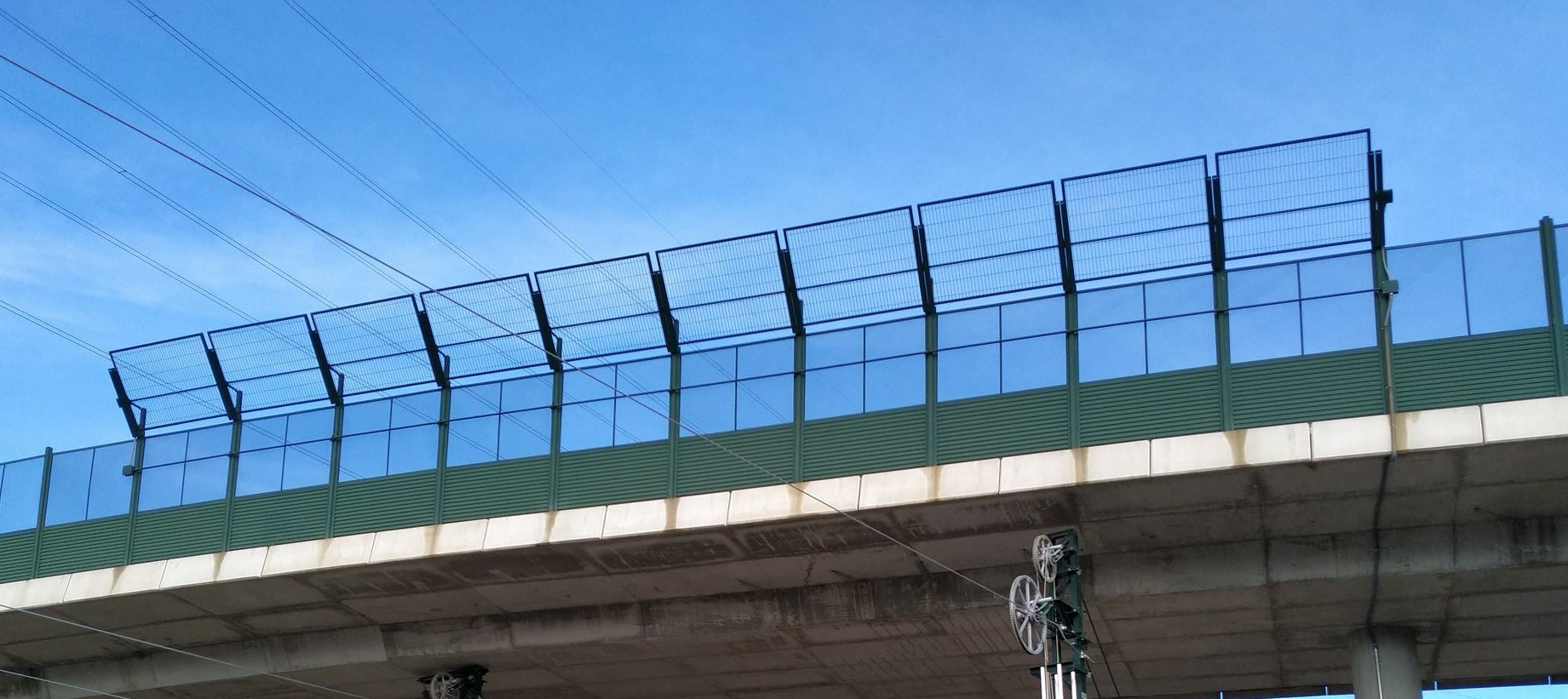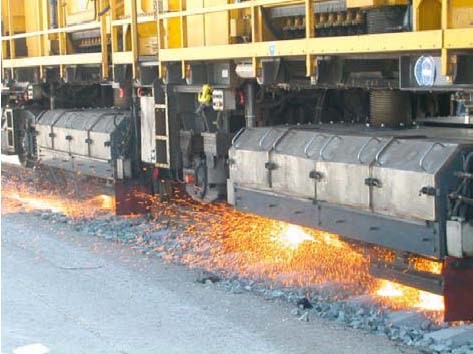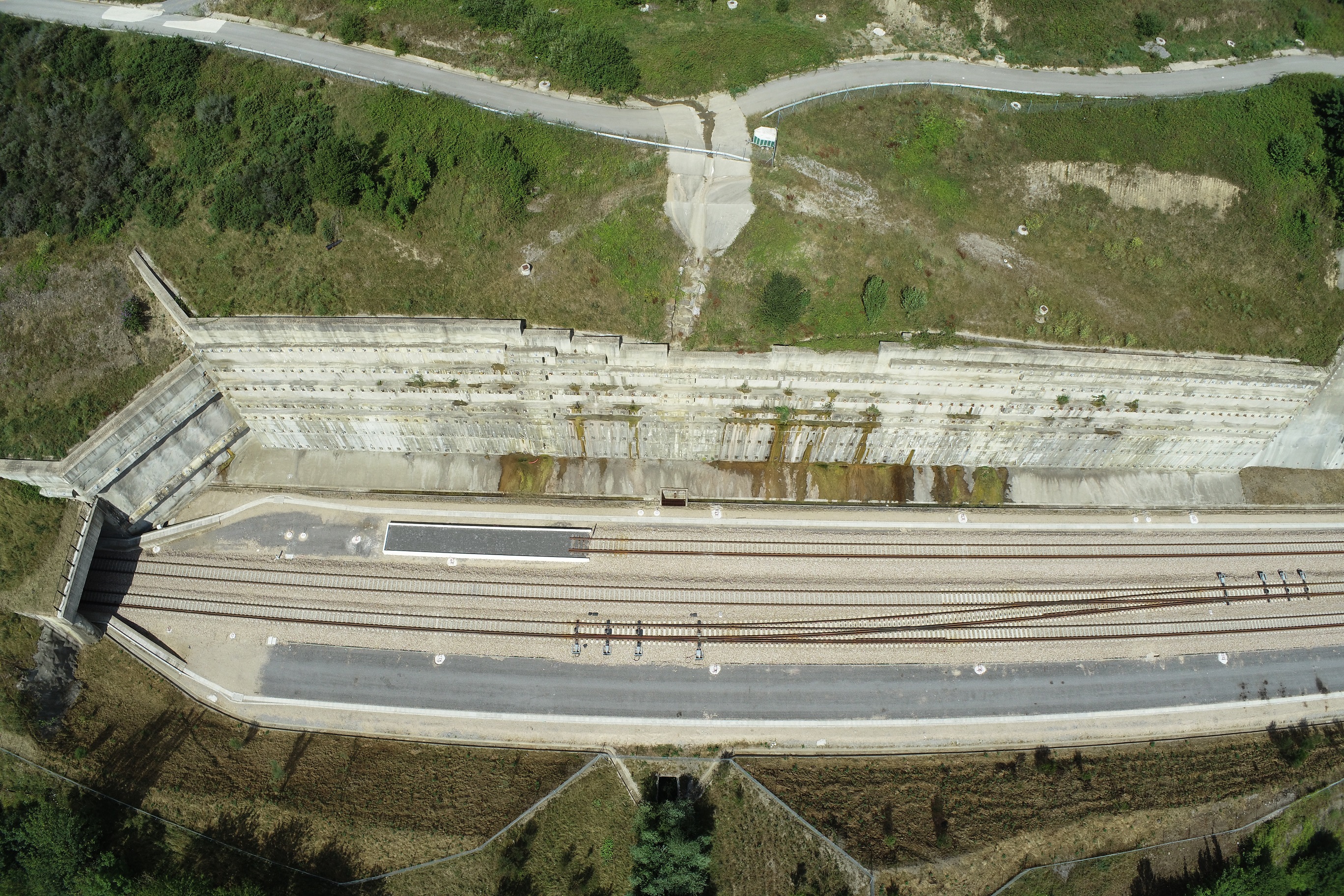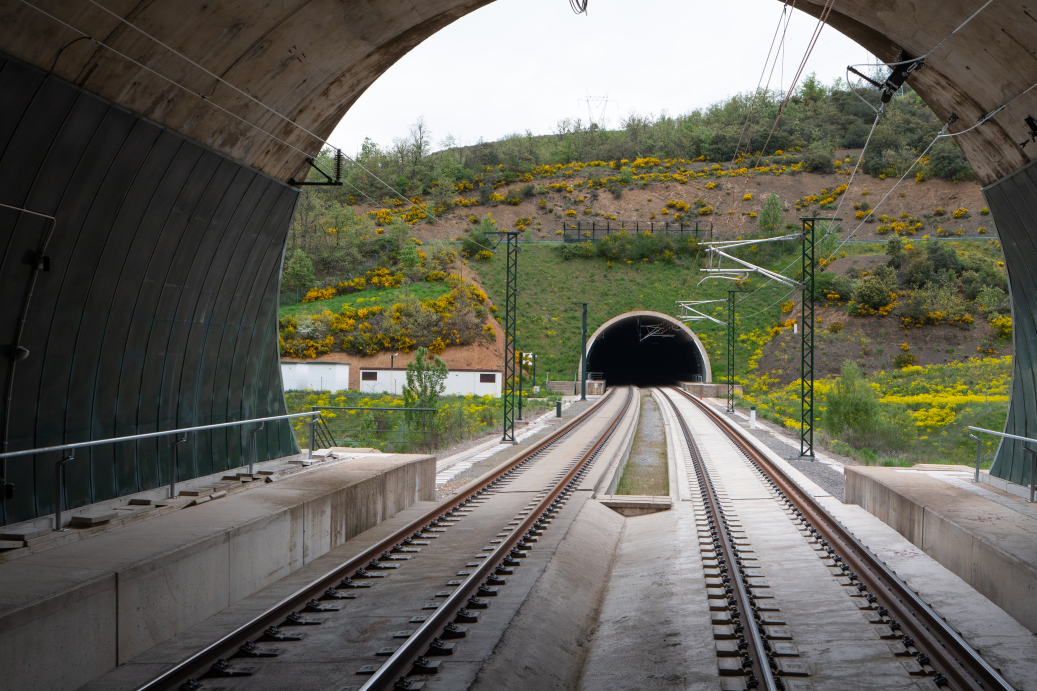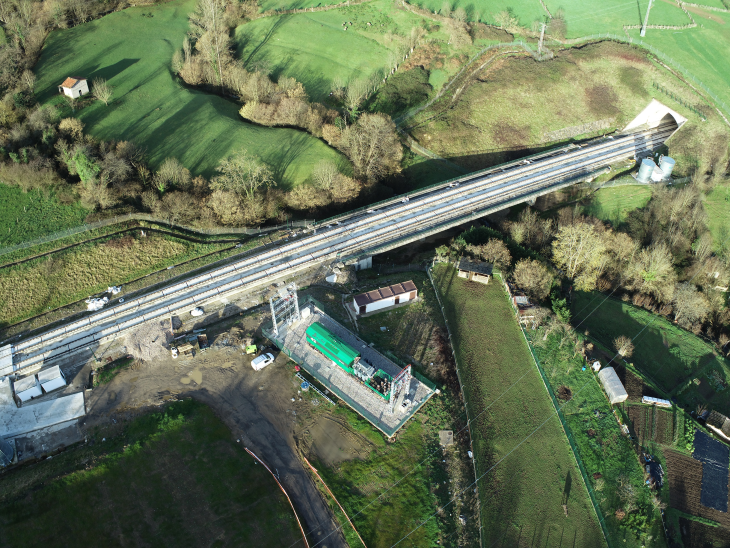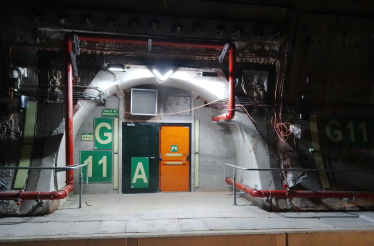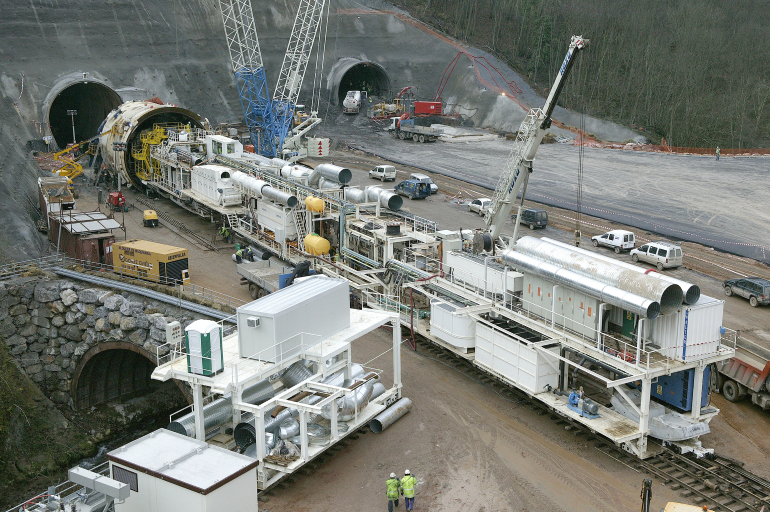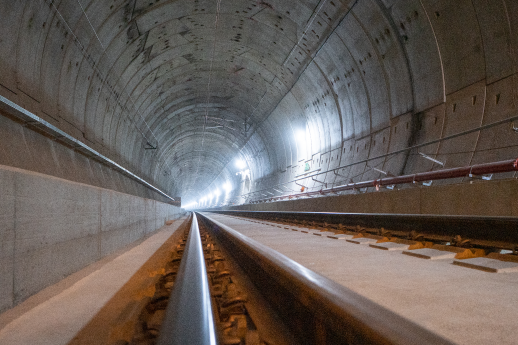León - Asturias Line
Crossing mountains to connect with the future
Crossing mountains to connect with the future
The high-speed connection with Asturias, via the Pajares Bypass, is one of the most complex engineering works in Europe and the world: 80% of its 50 km route goes through 12 tunnels that, together with its 10 viaducts, cross the Cantabrian Mountains and the considerable difference in altitude between Asturias and the Meseta (500 m).
The Pajares tunnel (25 km) is the seventh longest railway tunnel in Europe and its execution has been an unprecedented challenge: Up to 5,000 people and five tunnel boring machines worked at the same time on the construction of this infrastructure, which runs at a depth of 1 km.
The electrified double track has the most advanced railway signaling system (ERTMS level 2) and can reach a maximum speed of 275 km/h.
Its route cuts the length of the current section through the Puerto de Pajares - which dates back to the 19th century - by 37 km and has a lower altitude and slope, which facilitates winter maintenance work.
The Pajares Bypass is one of the most versatile railway lines in Spain, as it will be used by passenger trains, running on Iberian gauge and, in the future, on standard gauge, and freight trains. It therefore represents an unprecedented advance in railway connections: Travelers will see their train travel time between Asturias and Madrid reduced by more than an hour. And freight trains will be able to transport up to 15% bigger loads and be longer.
European Funding
“ A way of making Europe ”
The Pajares Bypass in figures
During its design, planning and construction phases, environmental protection measures were implemented in this unique natural environment. These measures included environmental restorations and of tunnel mouths; waste management; the use of 3 km of conveyor belts to transport excavation material, significantly reducing heavy truck traffic; the protection of the Huerna River and agreements for the protection of the brown bear.
The Asturias connection gives new impetus to the development of the high-speed rail network in Spain, which exceeds 4,000 km and is now established as the largest in Europe and the second largest in the world.

The Pajares Bypass in figures
- Viaducto Buen Suceso II. LAV León Asturias. Variante de Pajares.
- Túnel León Asturias. Variante de Pajares.
- Túneles de Pajares. Lado Este, en Pola de Gordón. LAV León Asturias. Variante de Pajares.
- Túneles de Pajares. Lado Este en La Pola de Gordón. LAV León Asturias. Variante de Pajares.
- Túnel Variante de Pajares. LAV León Asturias.
- Vista aérea de tramo en la variante de Pajares. LAV León Asturias.
- Puesto de Adelantamiento y Estacionamiento de Trenes (PAET) en La Robla. LAV León Asturias. Variante de Pajares.
- Puesto de Adelantamiento y Estacionamiento de Trenes (PAET) en La Robla. LAV León Asturias. Variante de Pajares.
- Interiorde uno de los túneles de Pajares. LAV León Asturias. Variante de Pajares.
- Boca de túnel desde el interior durante las pruebas de la BT, tren auscultador. LAV León Asturias. Variante de Pajares.
- Interior de túnel. LAV León Asturias. Variante de Pajares.
- Interior de túnel en el que se observa doble carril para el ancho mixto. LAV León Asturias. Variante de Pajares.
- La BT, realizando asucultación geométrica del túnel. LAV León Asturias. Variante de Pajares.
- Mayo de 2022. Durante las pruebas con tren auscultador BT en la Variante de Pajares. Foto: A.G. Calzado.
- Noviembre de 2022. Primer tren comercial en pruebas que recorre la Variante de Pajares. Boca Norte. Foto: A. G. Calzado.
- Noviembre de 2022. Primer tren comercial en pruebas que recorre la Variante de Pajares. Boca Sur. Foto: A. G. Calzado.
- Abril de 2022. Variante de Pajares. Puesto de Adelantamiento y Estacionamiento de Trenes de Campomanes
- Mayo de 2022. Durante las pruebas con tren auscultador BT en la Variante de Pajares. Foto: A.G. Calzado.
- Abril de 2022. Variante de Pajares. Boca túnel.
- Abril de 2022. Variante de Pajares. Viaductos de transición entre túneles.
- Abril de 2022. Variante de Pajares. Viaductos de transición entre túneles.
- Octubre de 2022. Variante de Pajares. El sistema de ventilación de chorro está integrado por hasta 214 ventiladores
- Variante de Pajares. Vista aérea.
- Variante de Pajares. Vista aérea.
- Variante de Pajares. Vista aérea.
- Variante de Pajares. Vista aérea.
- Variante de Pajares. Aparatos de electrificación.
- Agosto de 2022. Variante de Pajares. Montaje de pórtico en La Gretosa.
- Julio de 2022. Variante de Pajares. Montaje de pórticos en PAET, Puesto de adelantamiento y estacionamiento de trenes, de La Robla.
- Septiembre de 2022. Variante de Pajares. Detalle de sujeción de catenaria.
- ARCHIDONA VIADUCT. In this picture, the laboratory train, which is usually called "the BT" crosses the viaduct.
- Andenes soterrados de la estación de León
- 2021-09-19 Variante de Pajares Campomanes
- 2021-09-19 Cambiador de ejes Pajares Campomanes
- 2021-09-19 Variante de Pajares Campomanes
